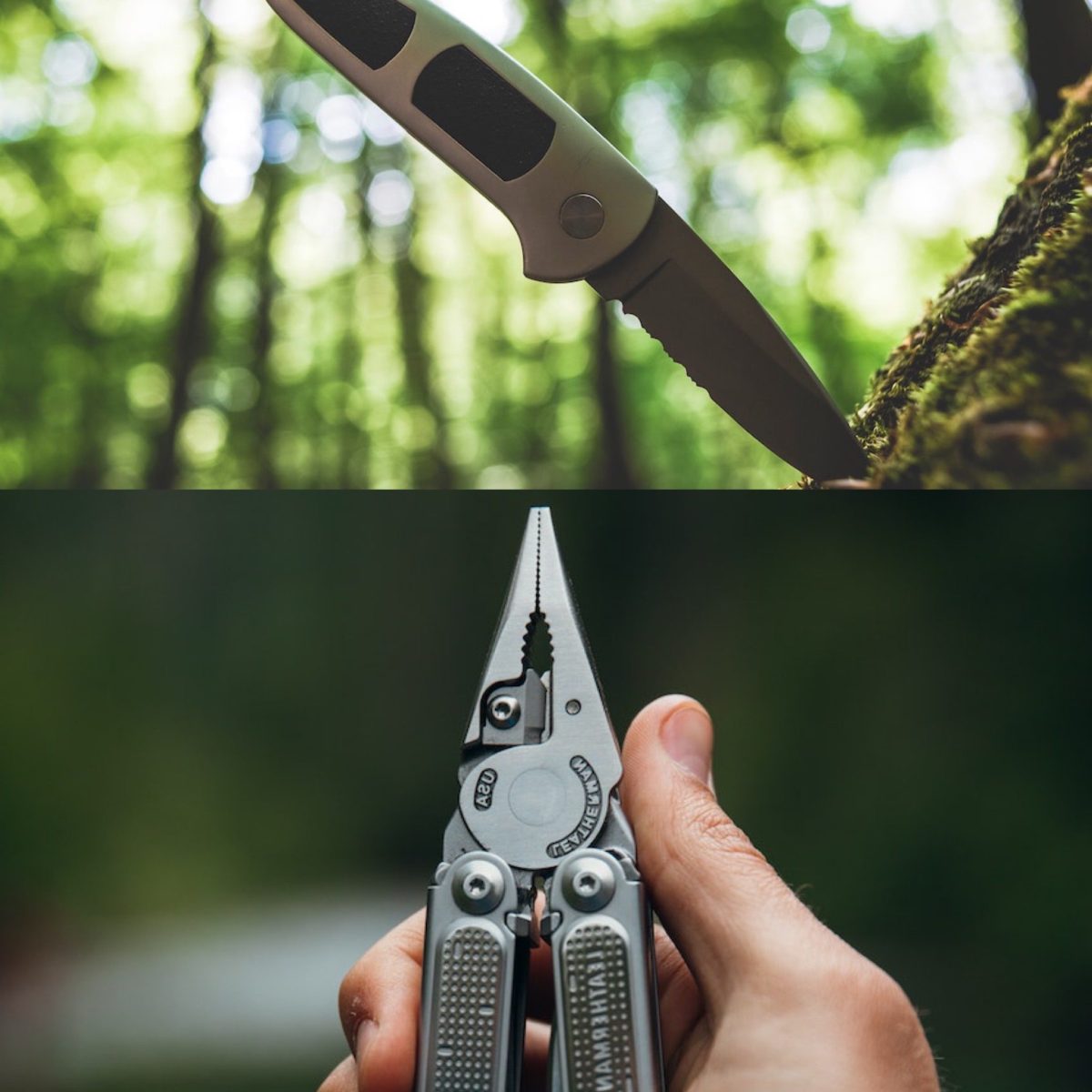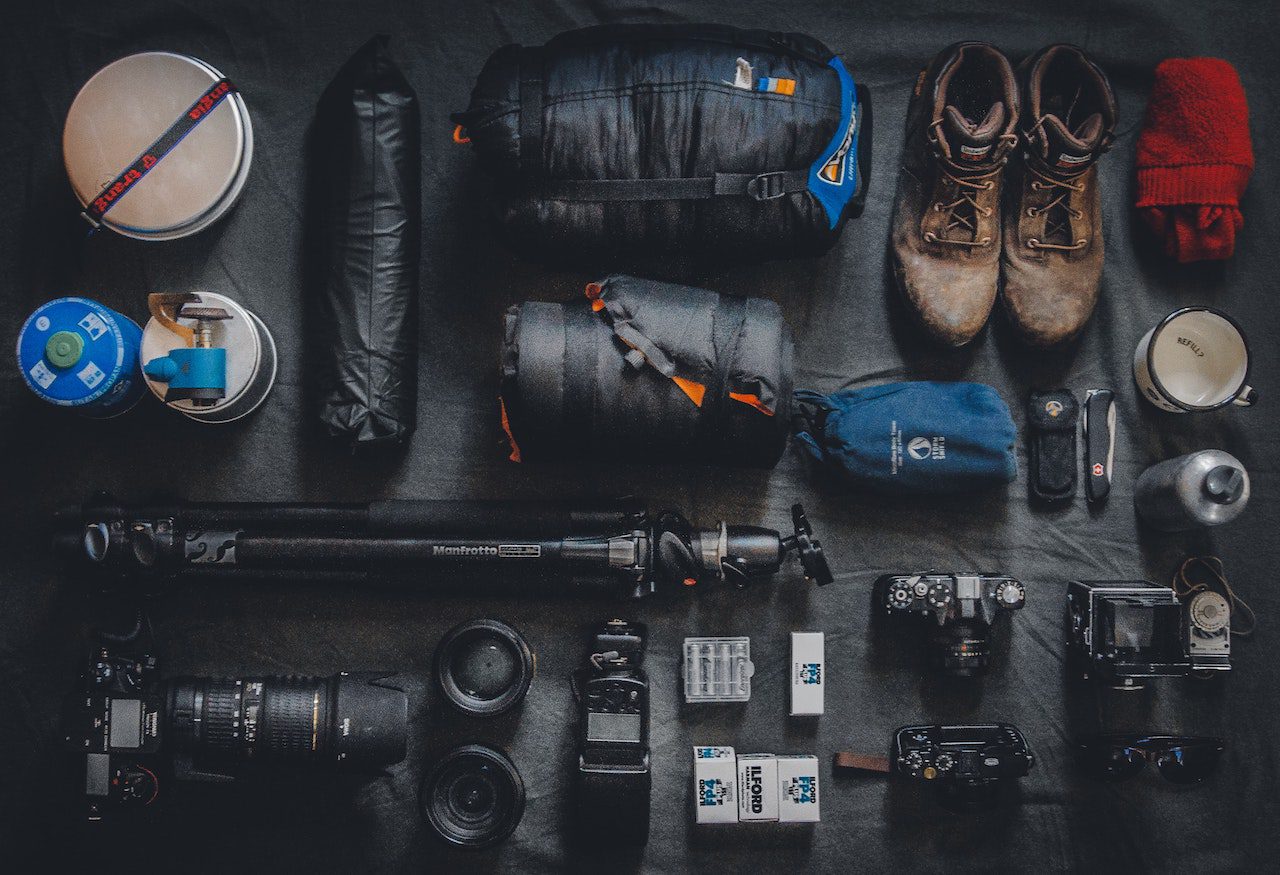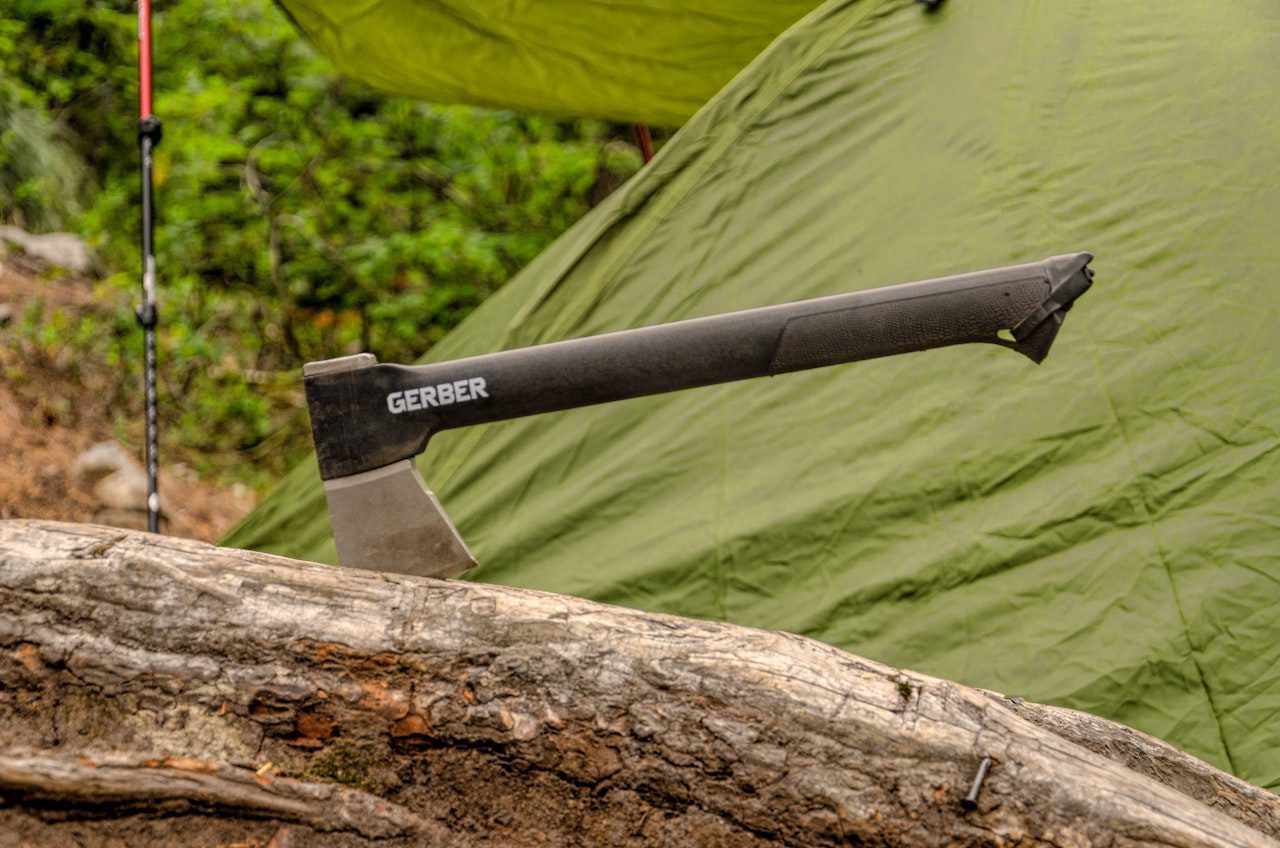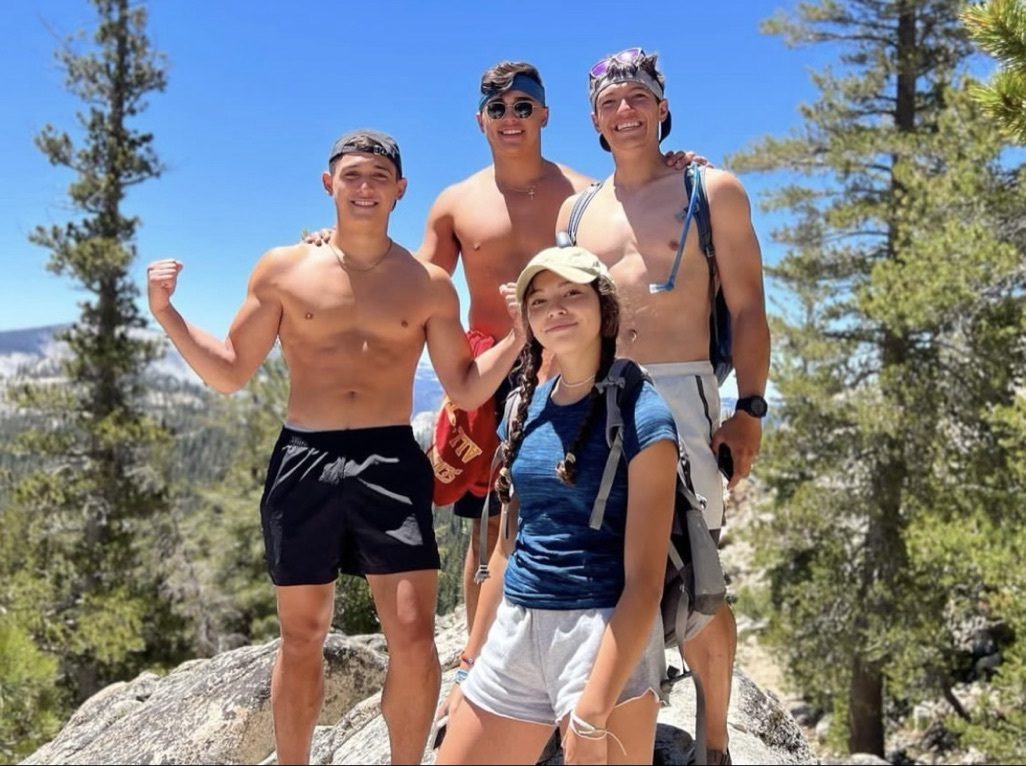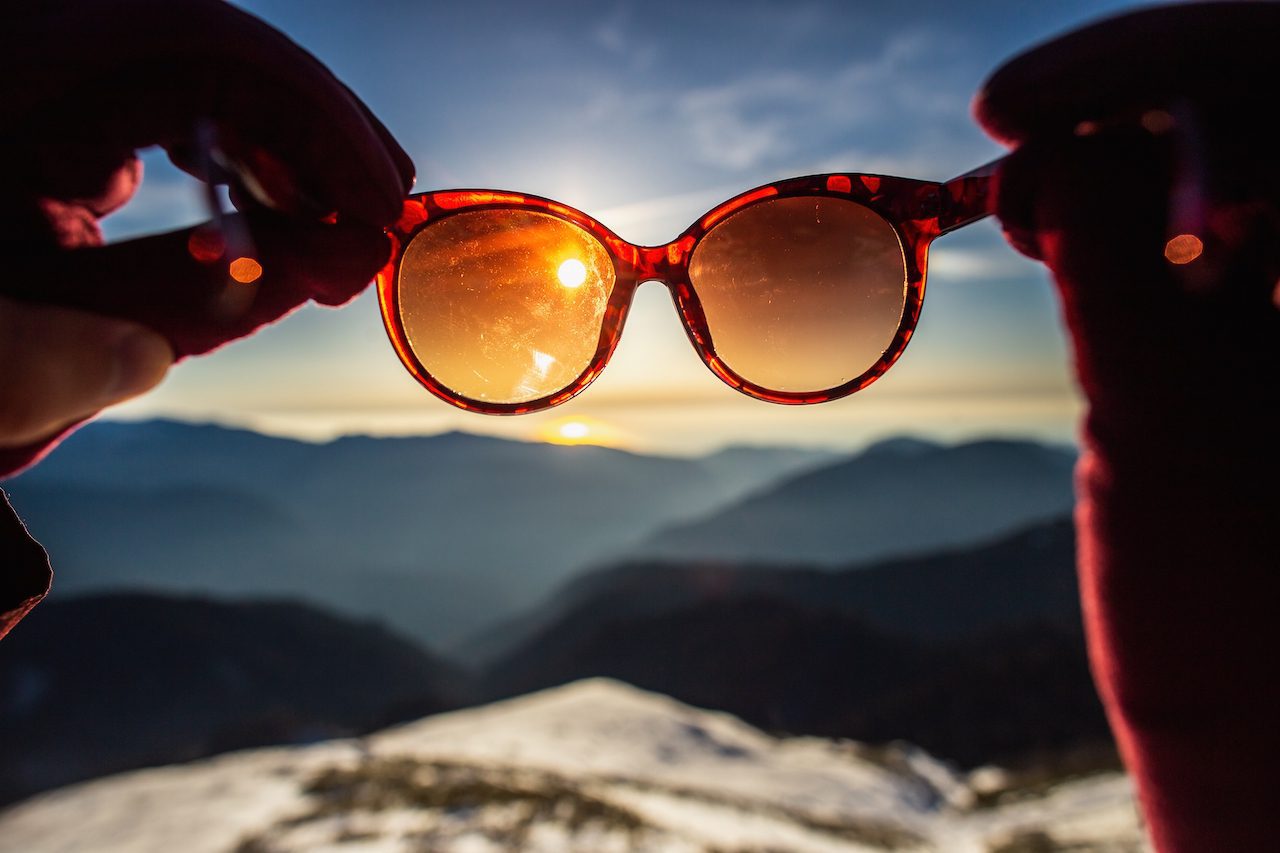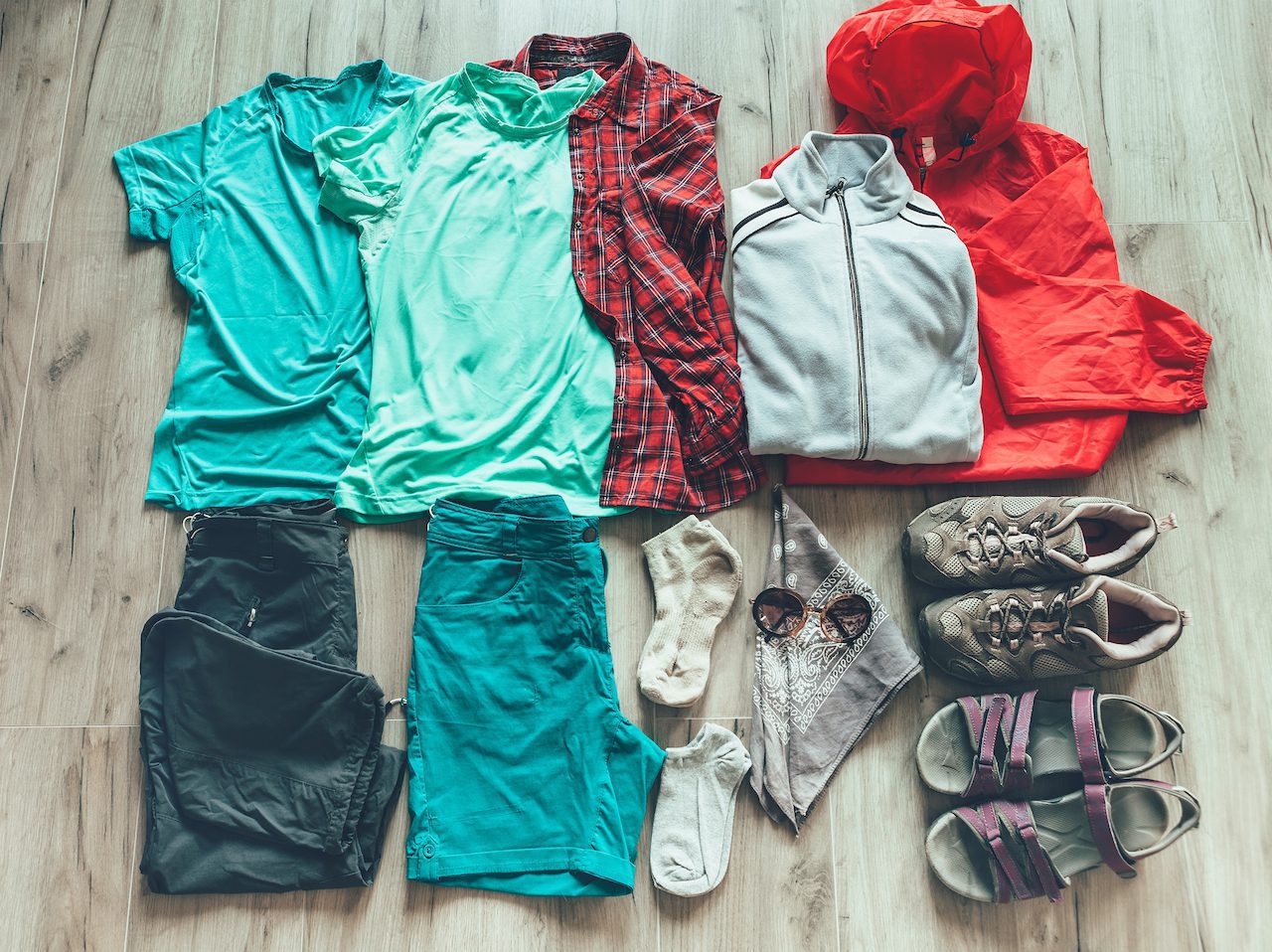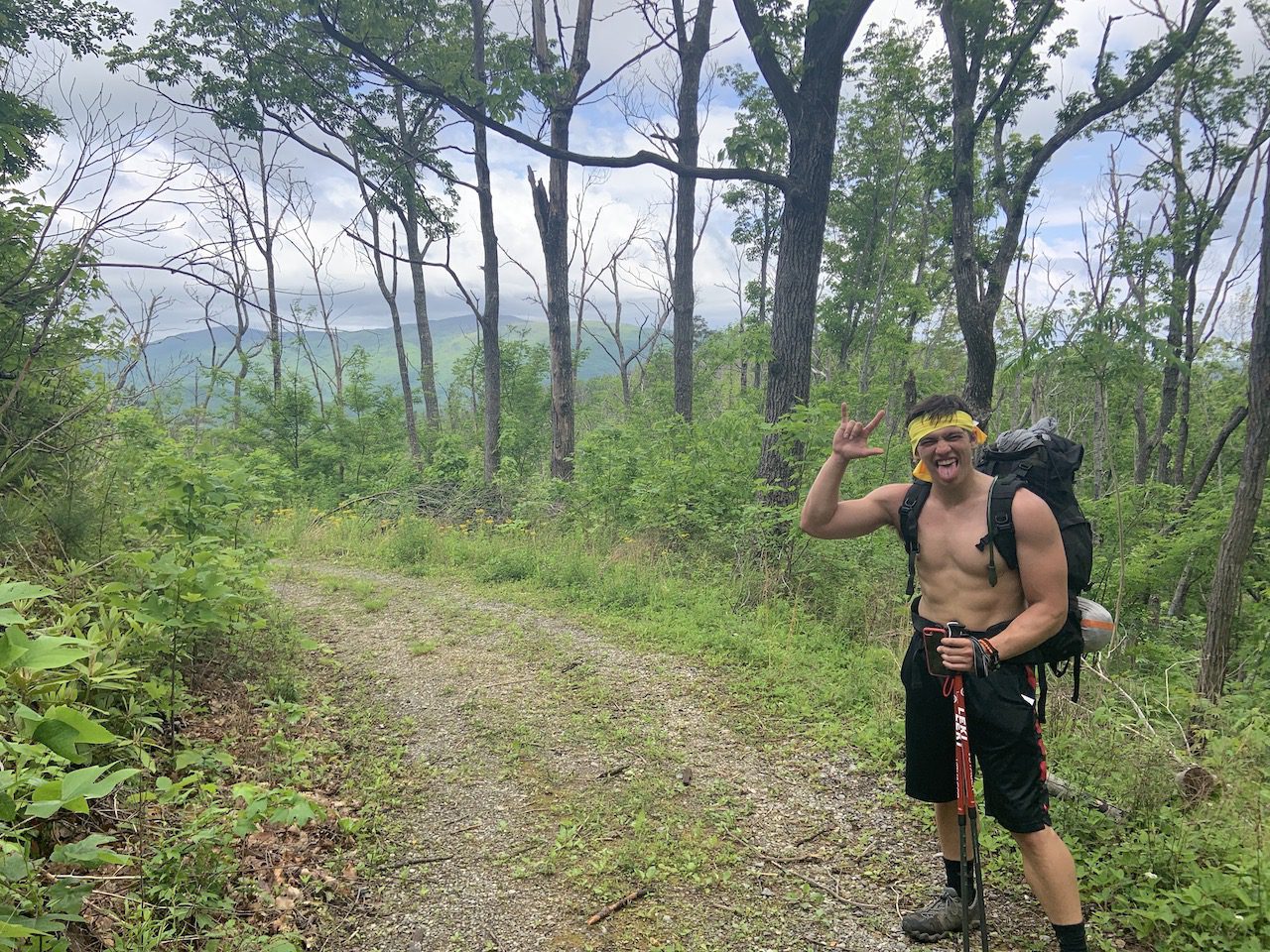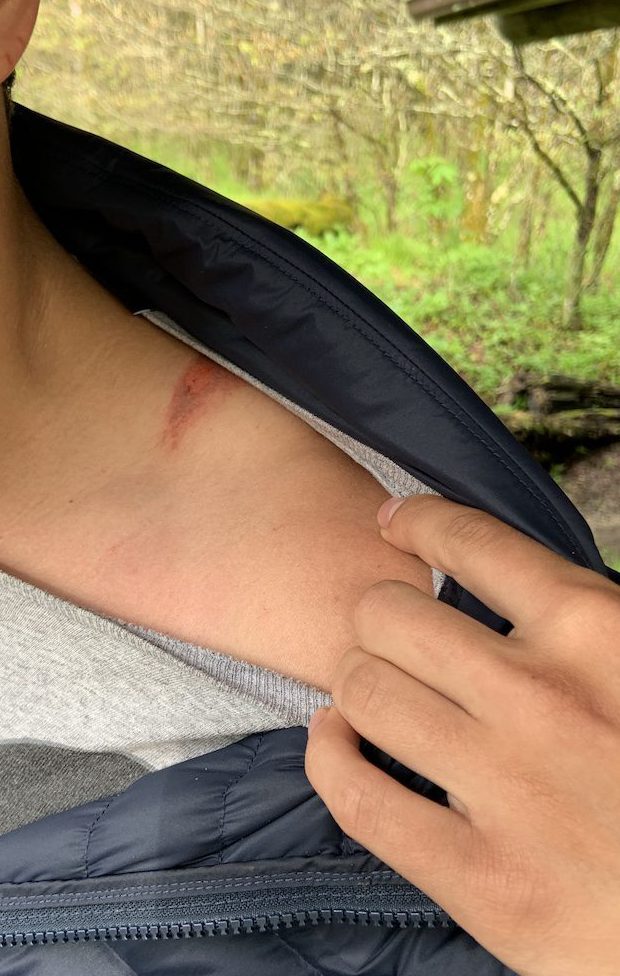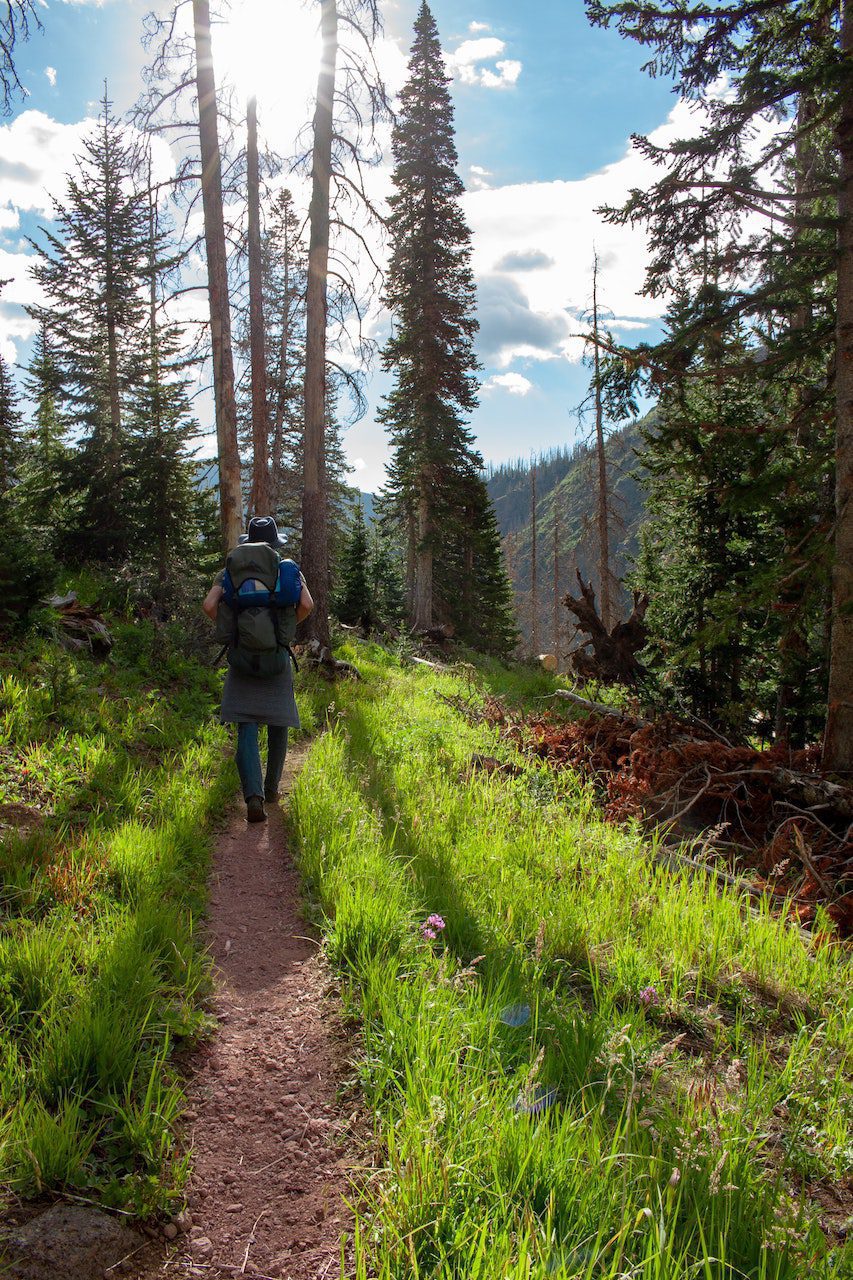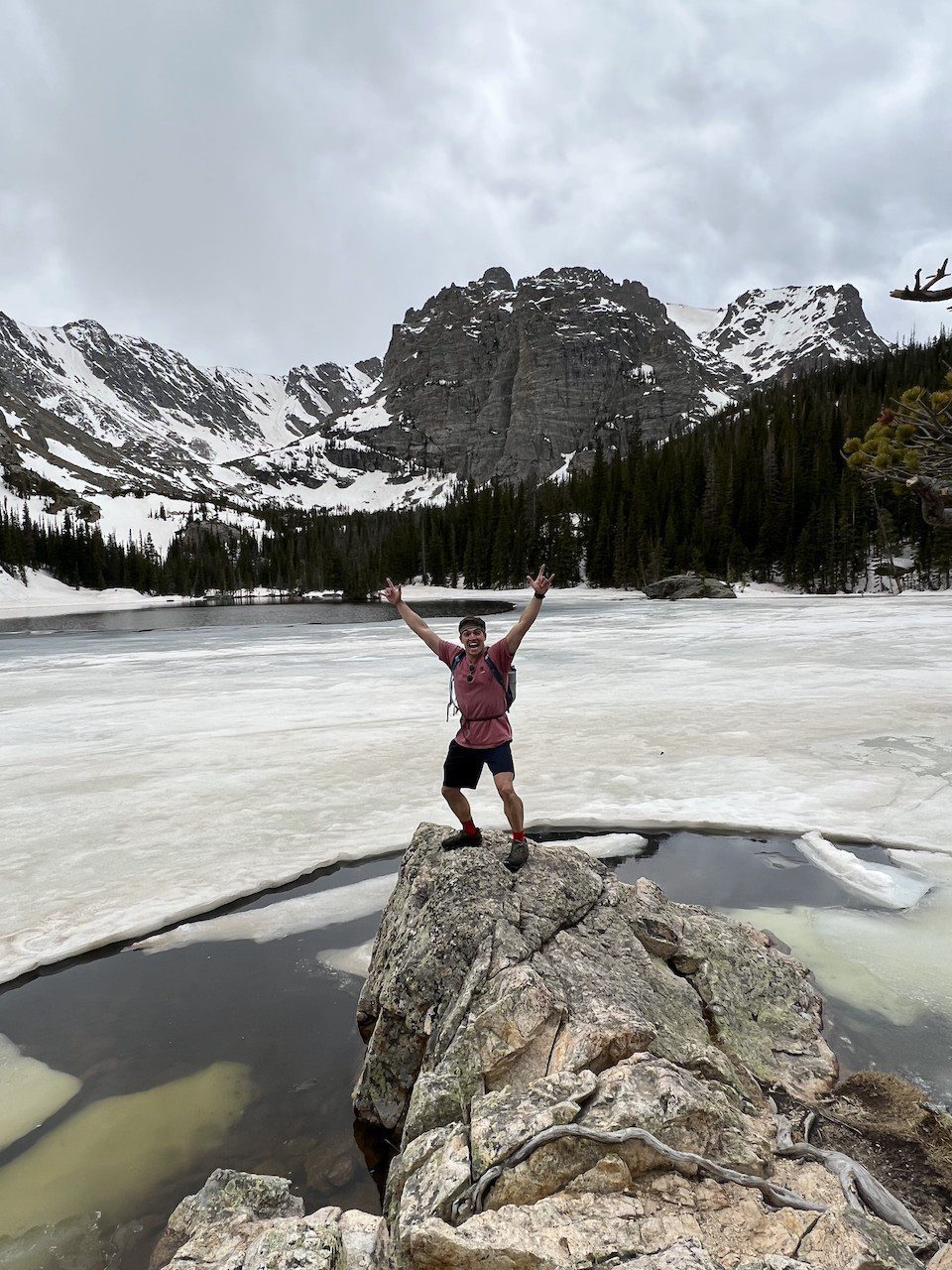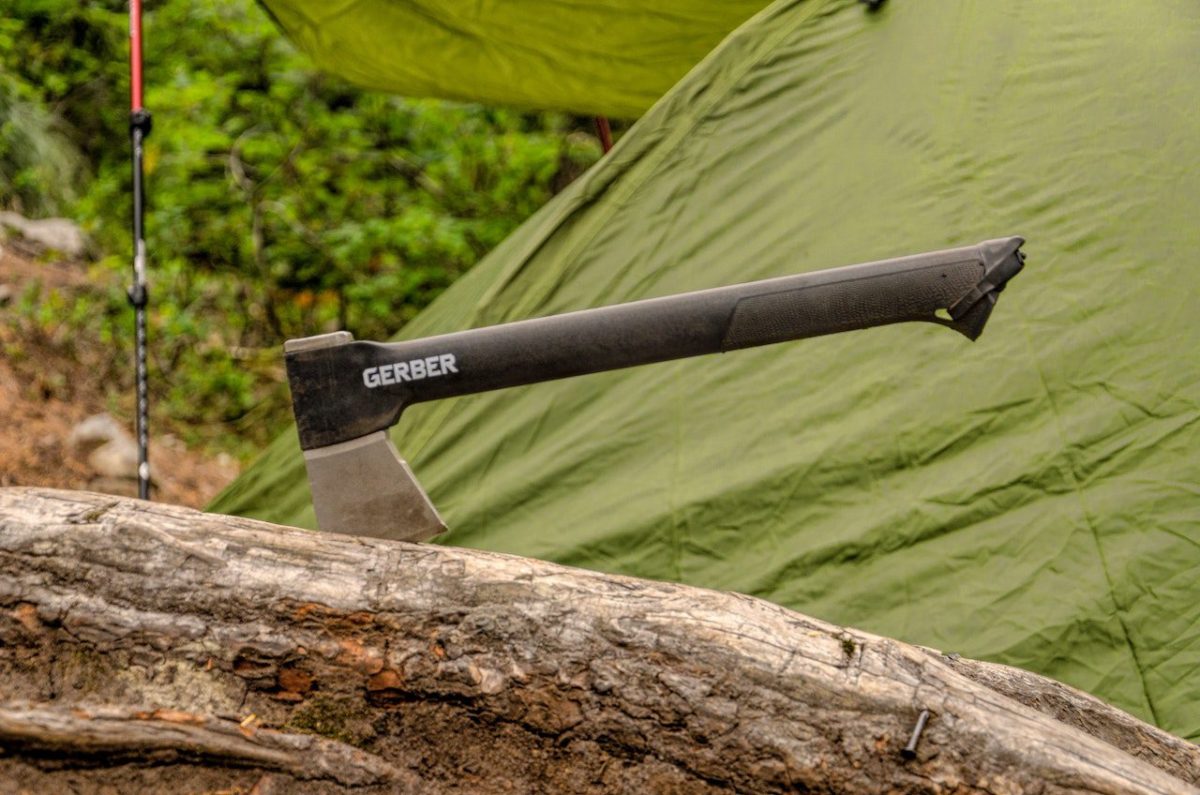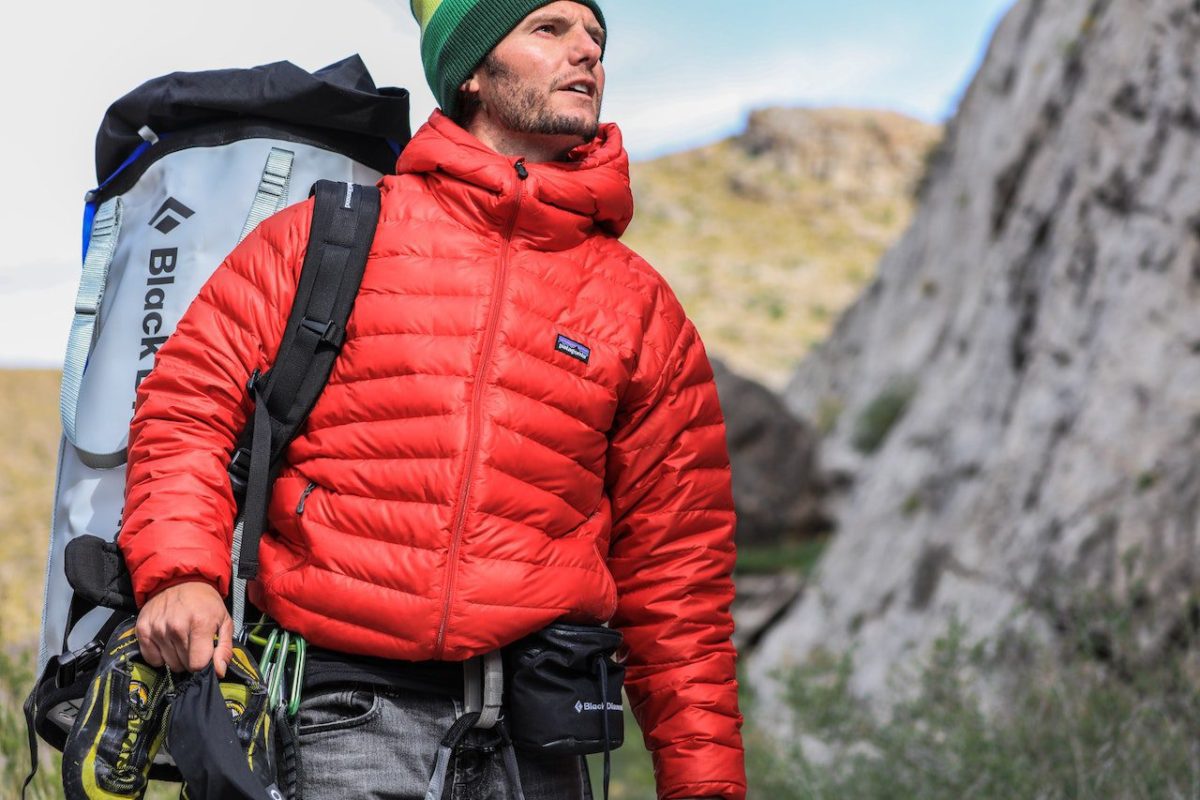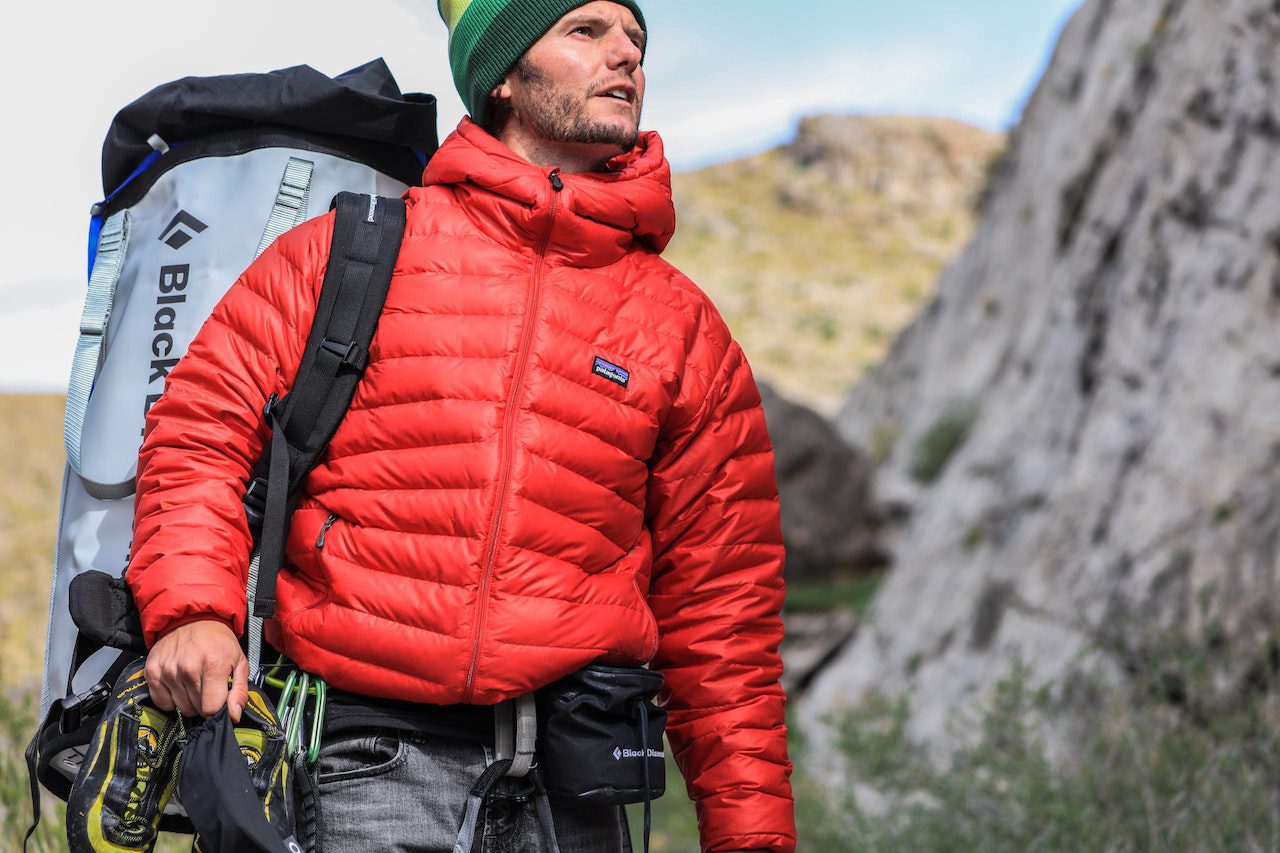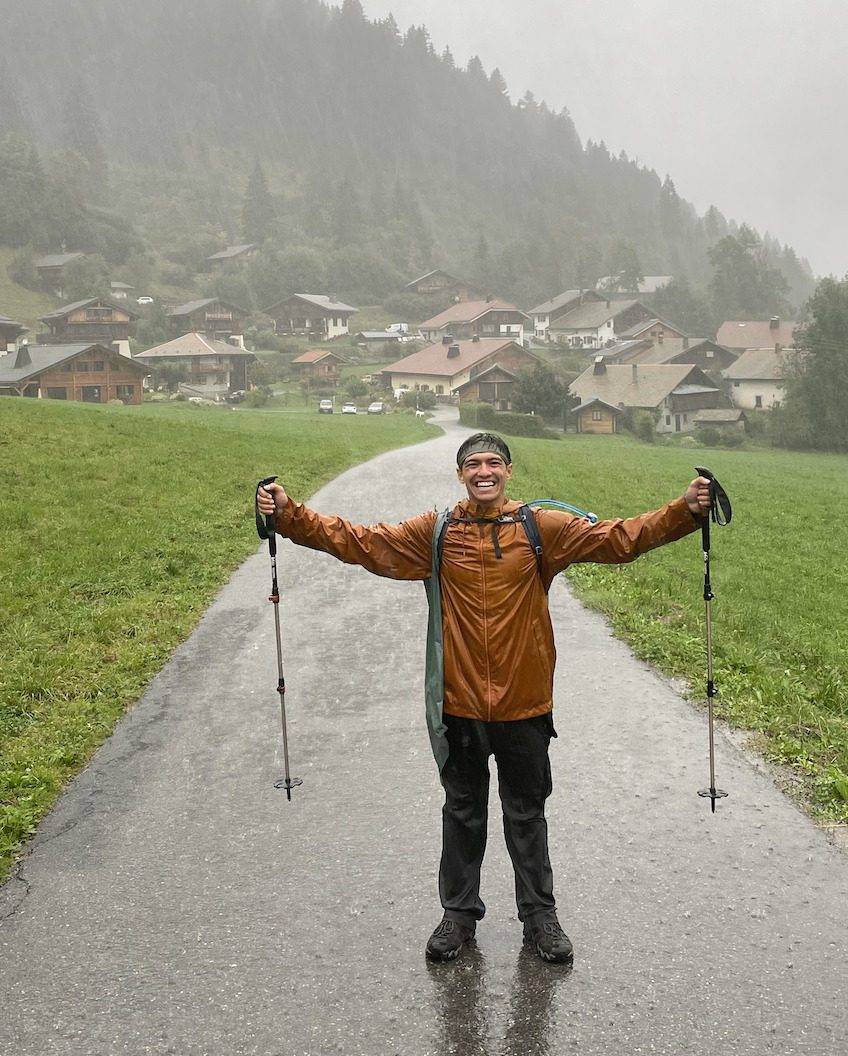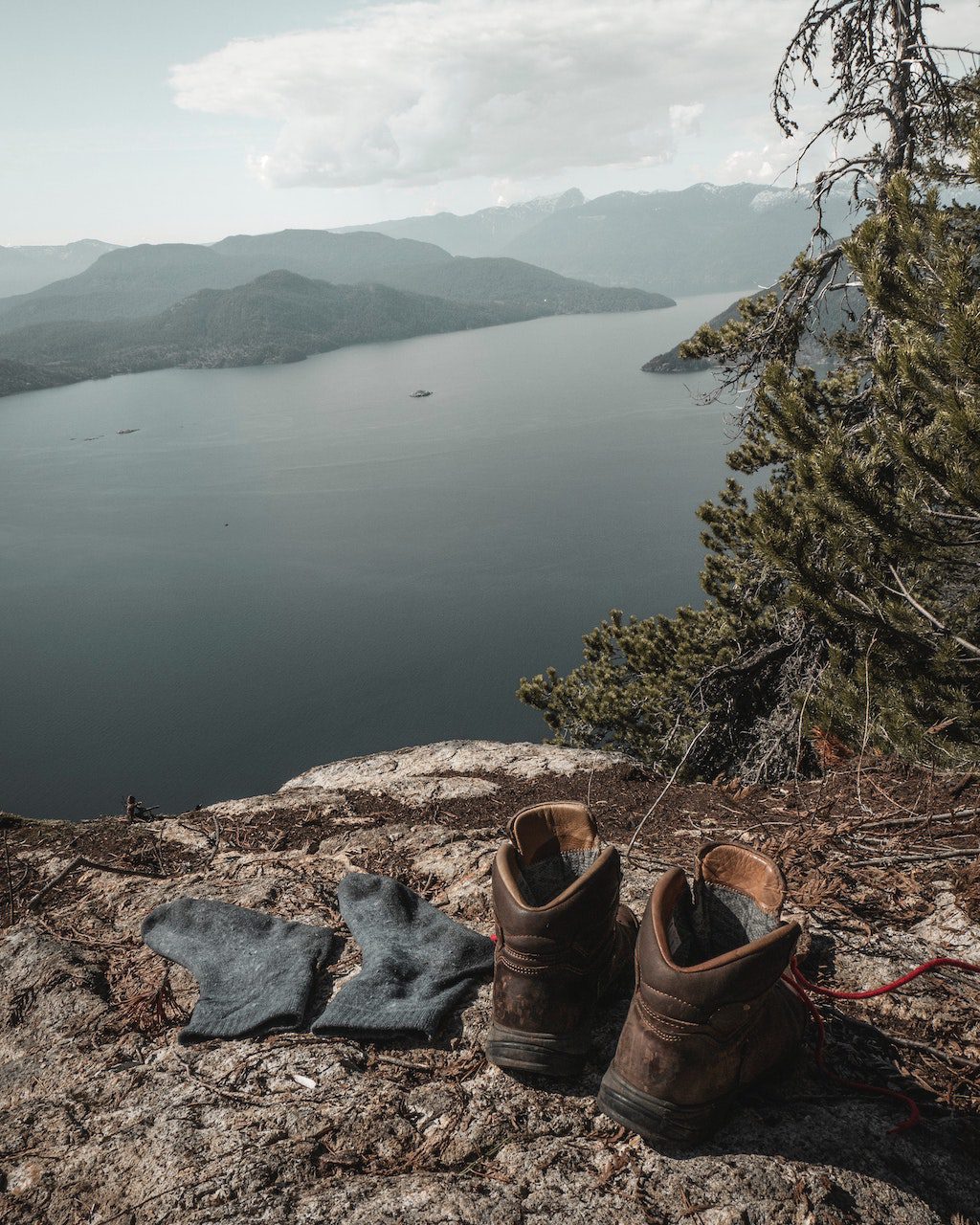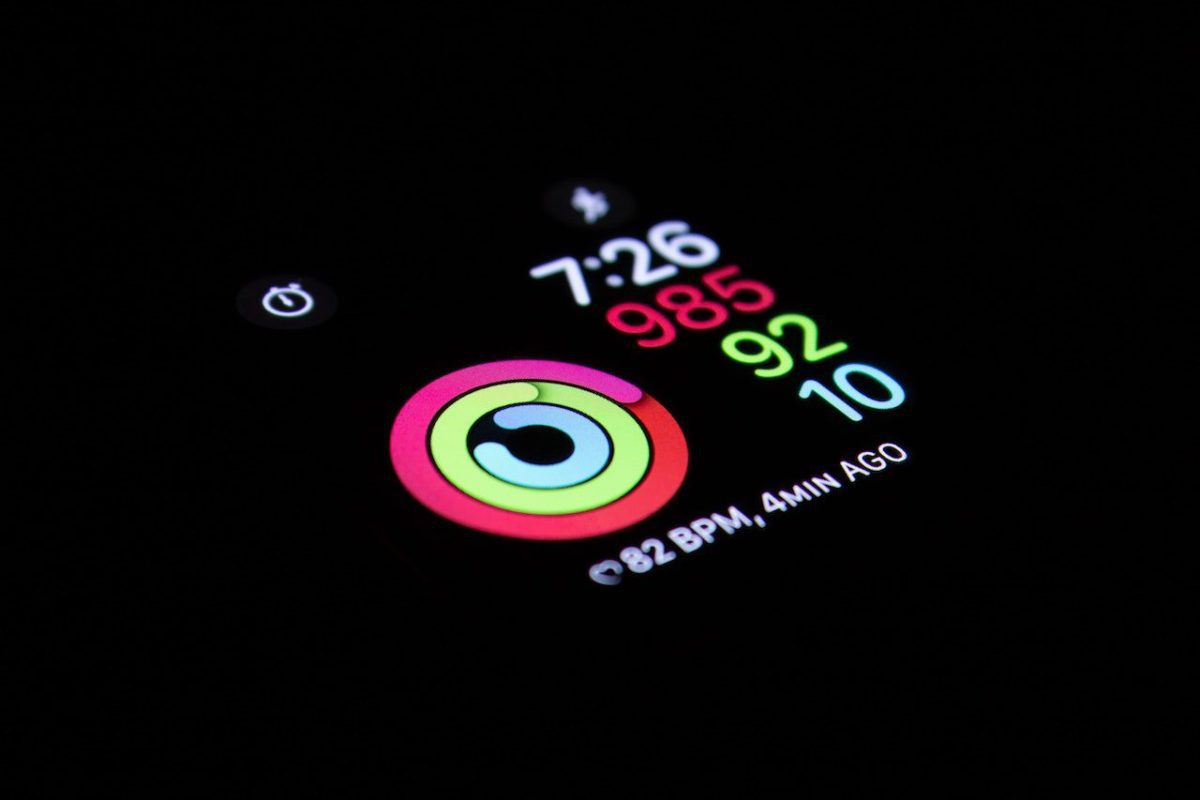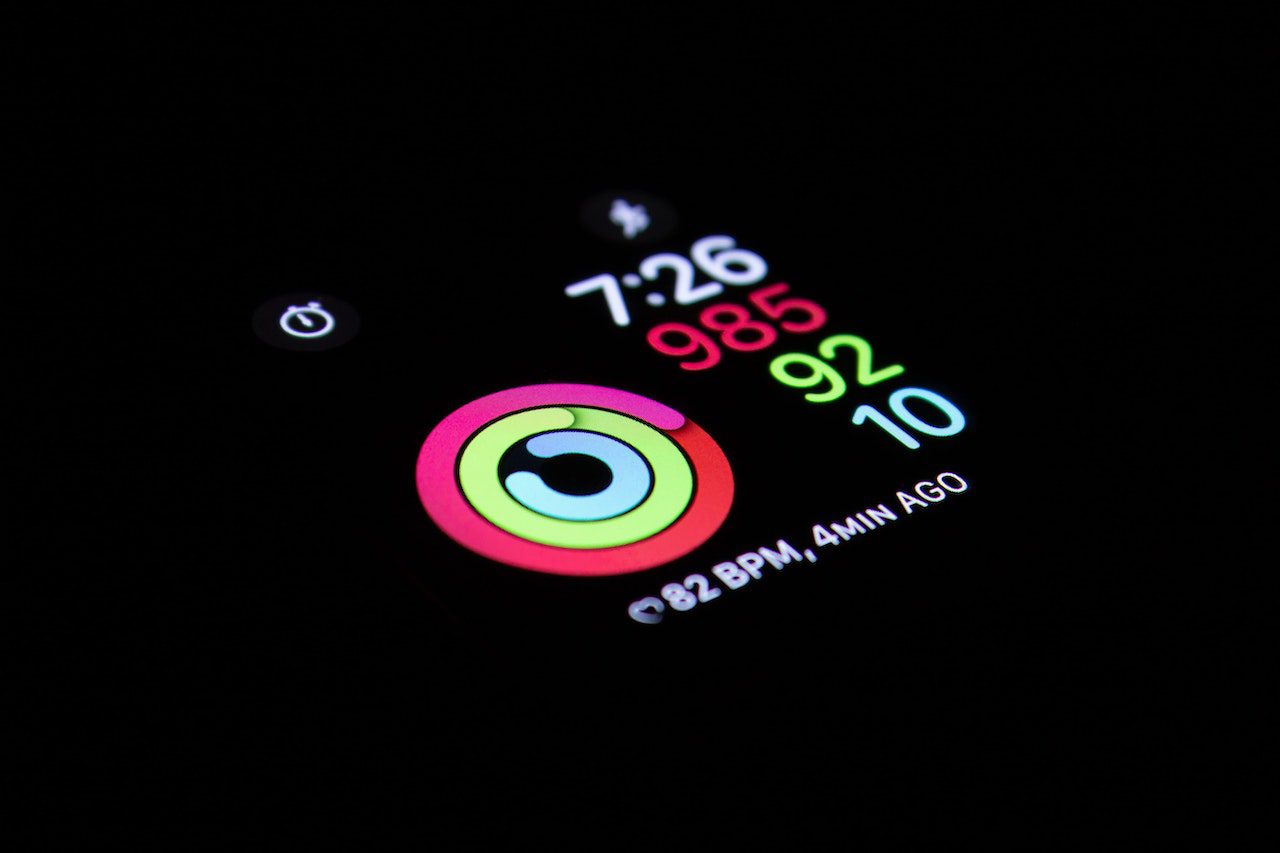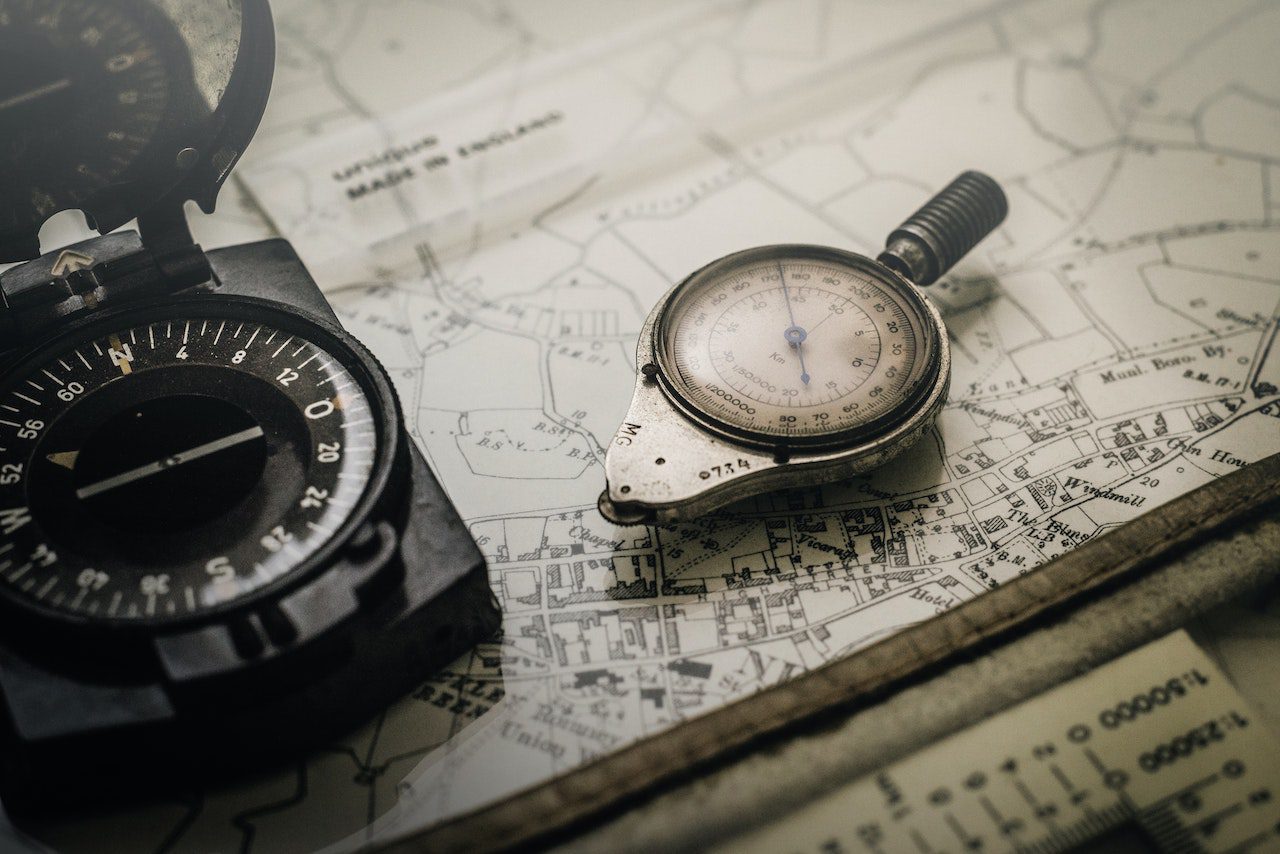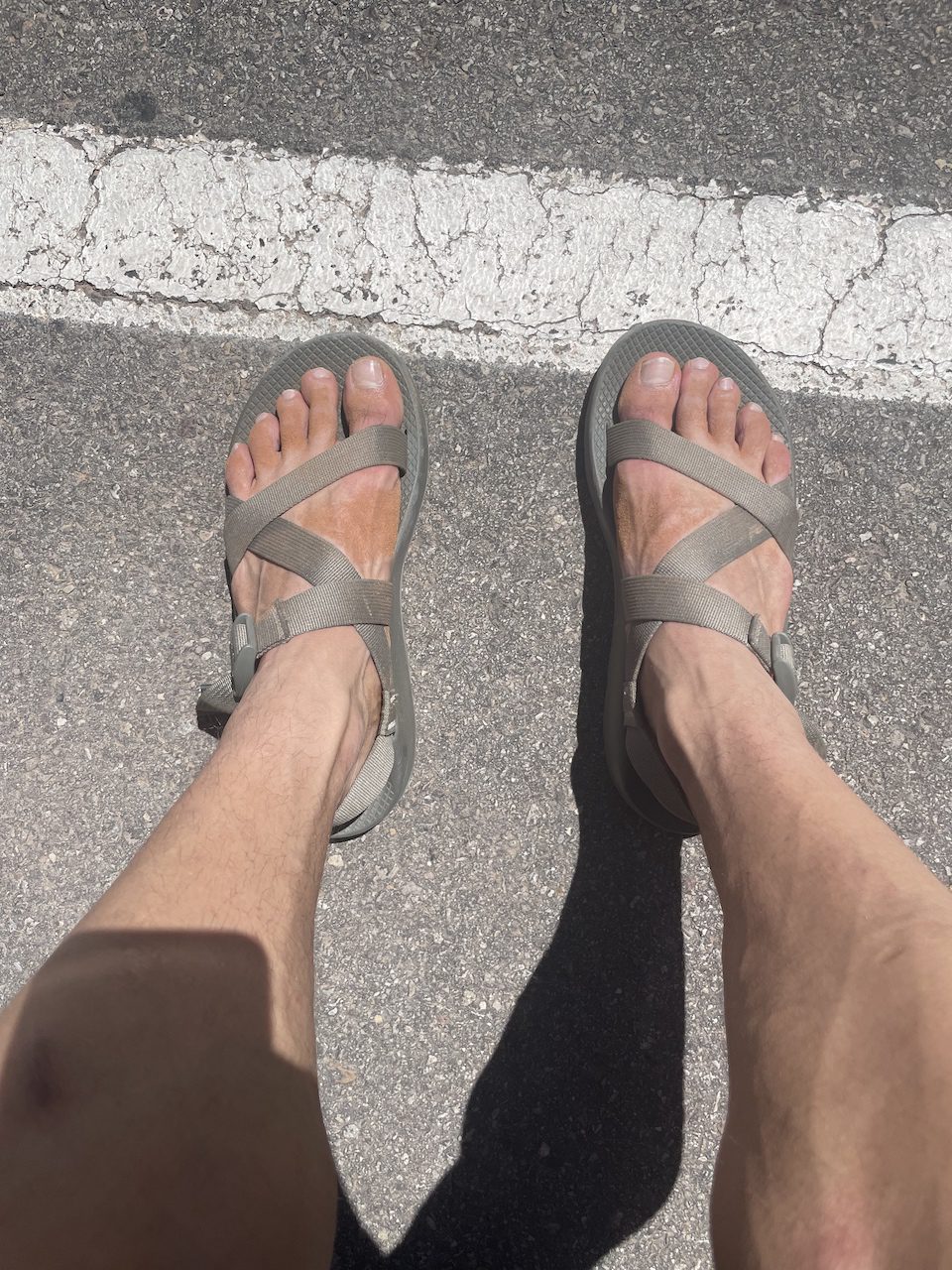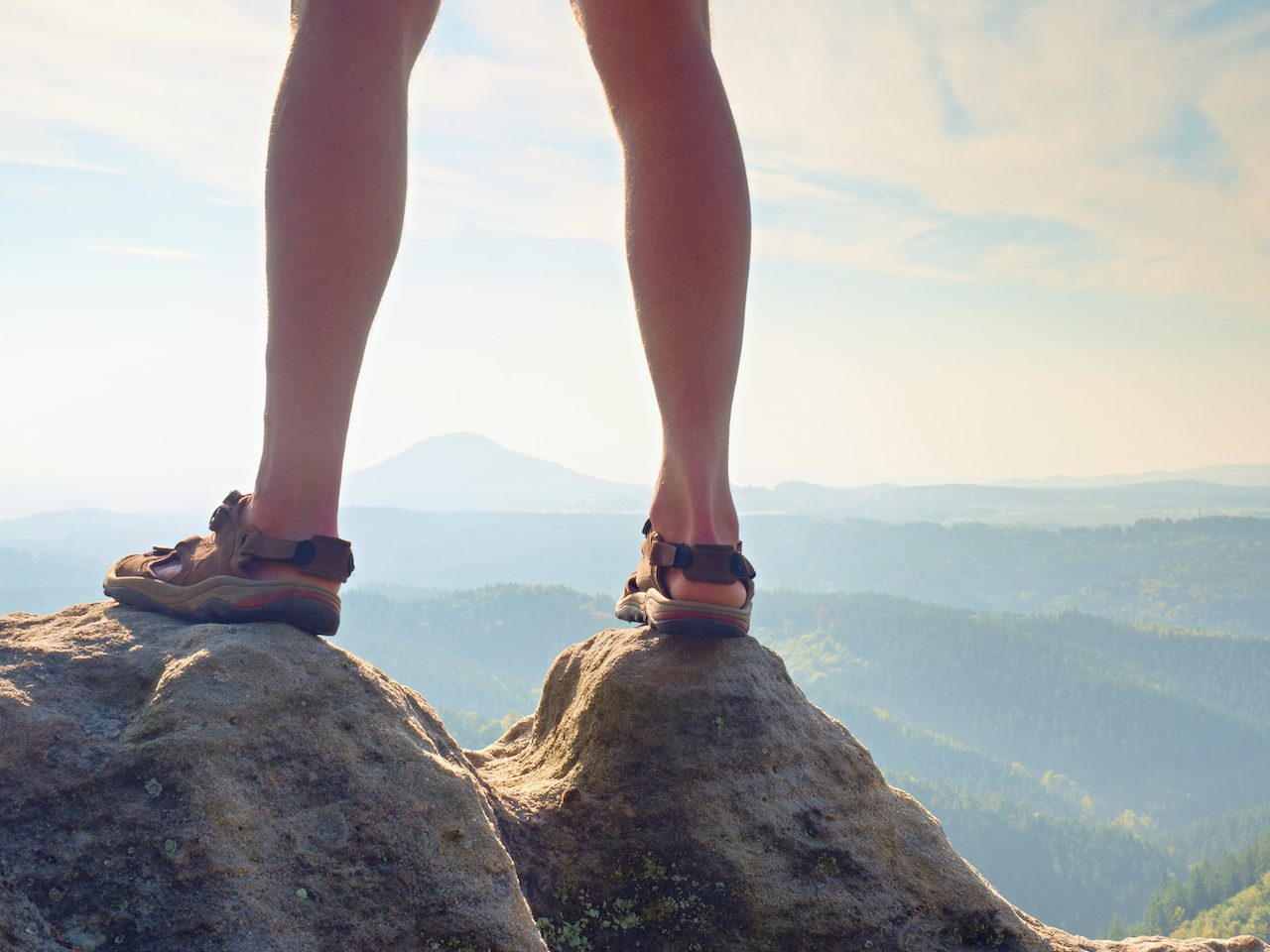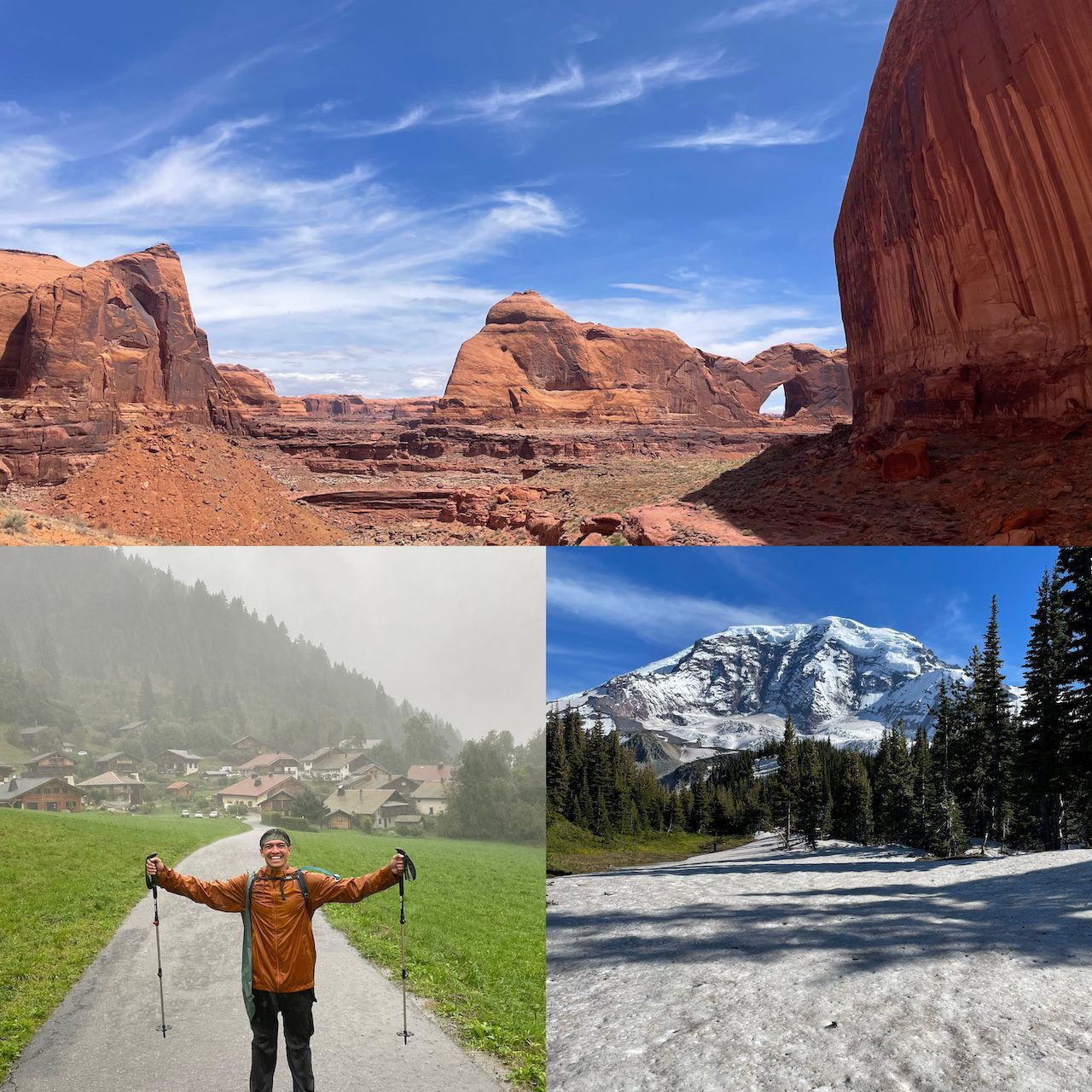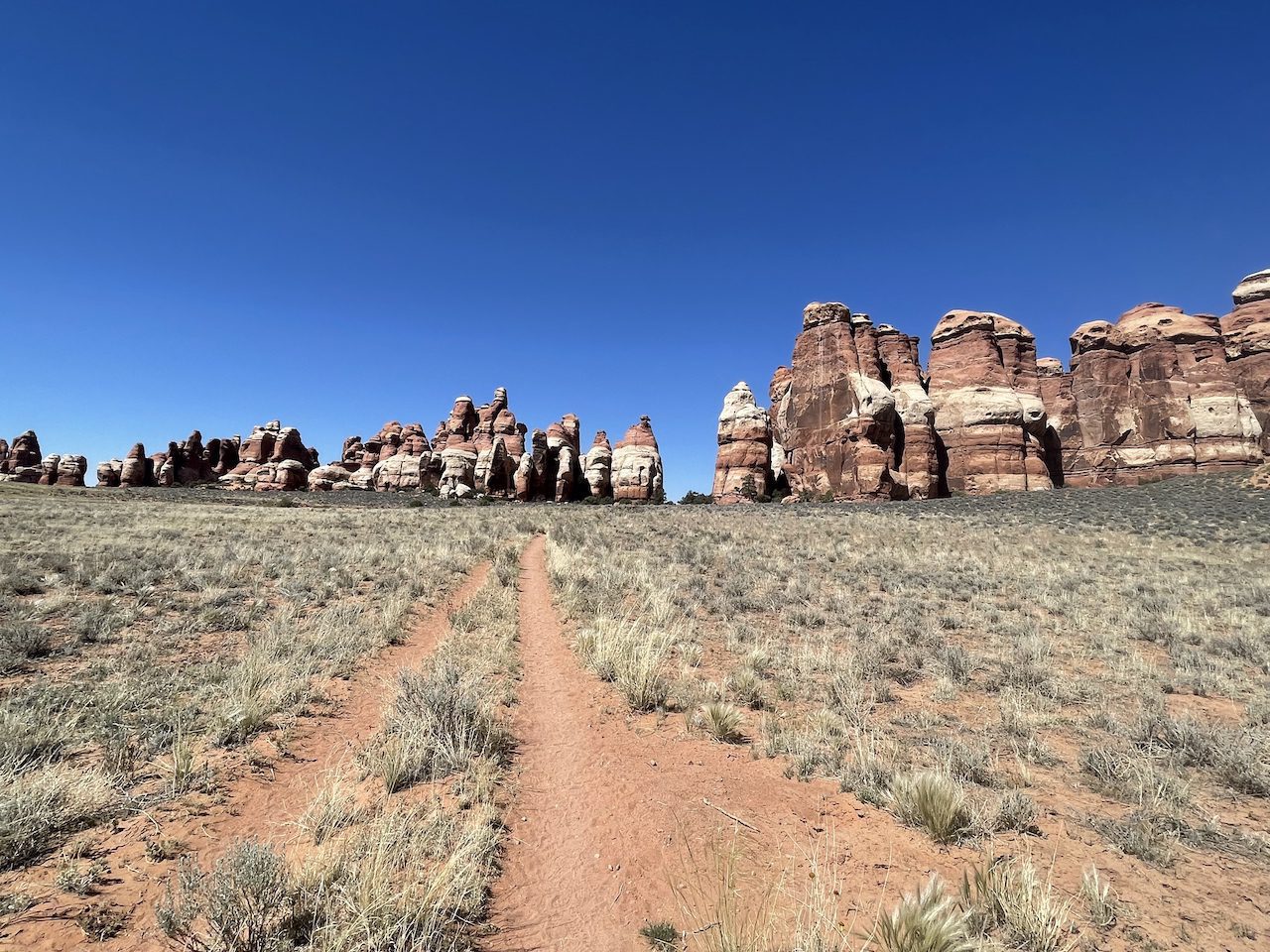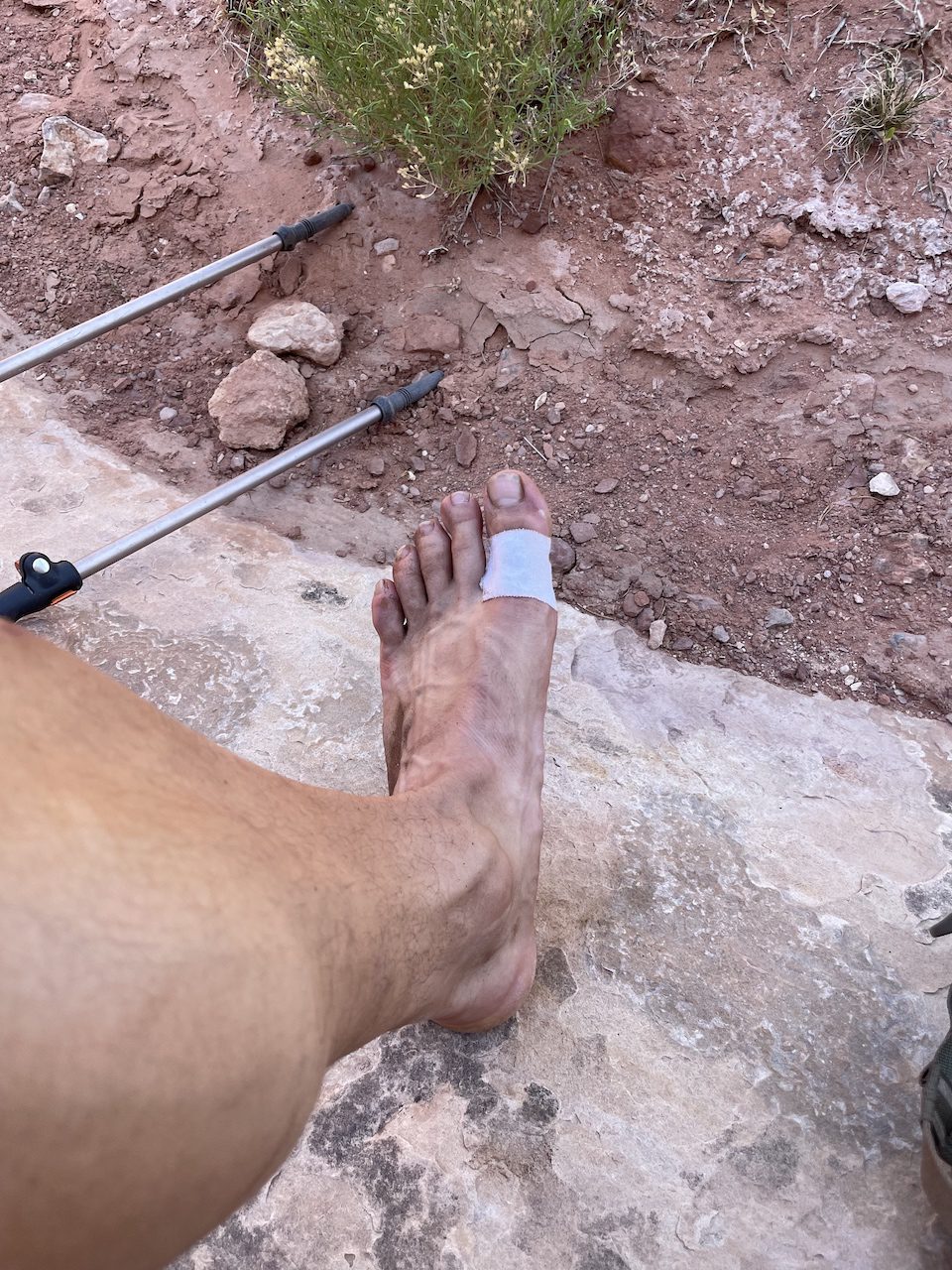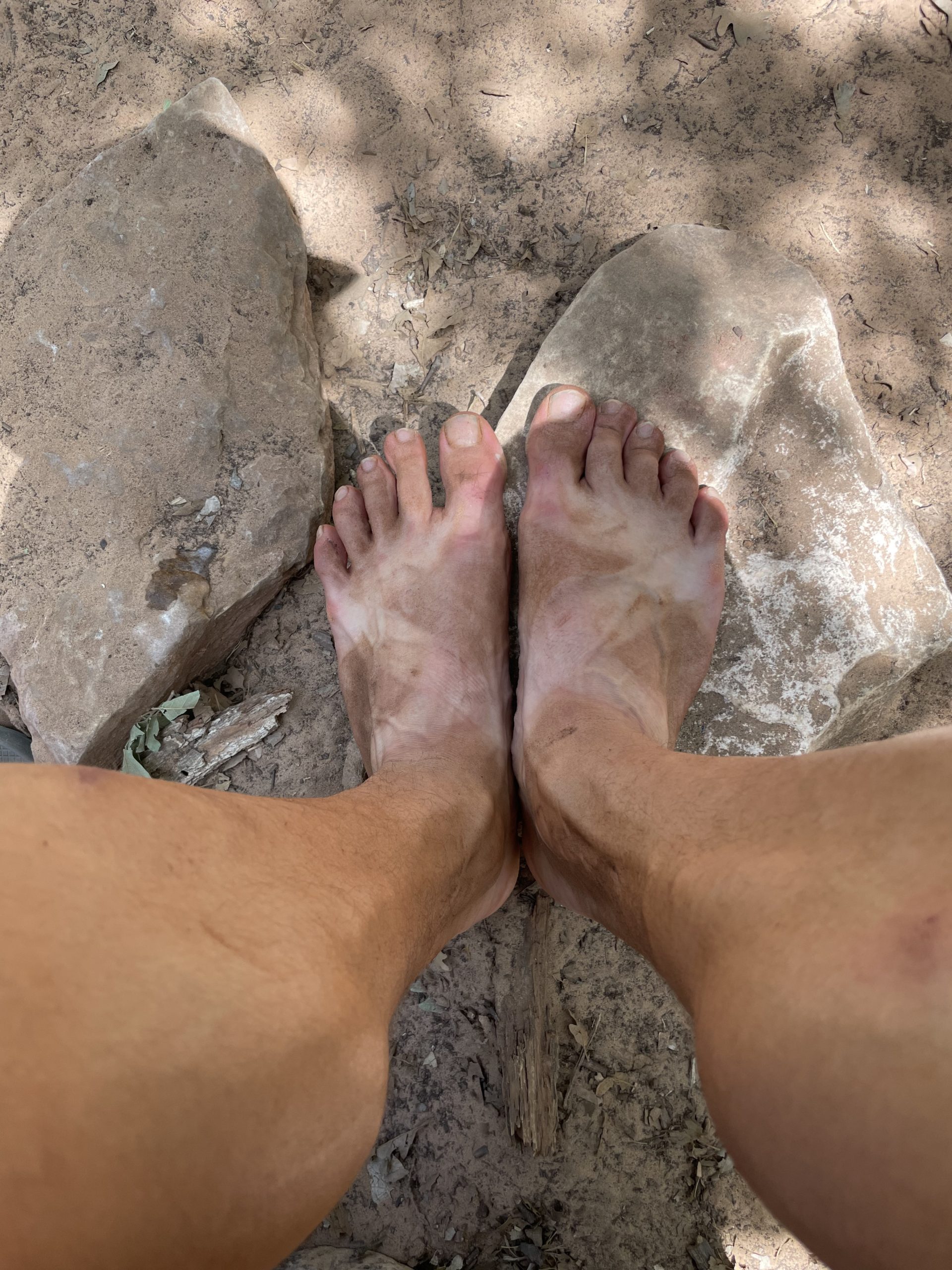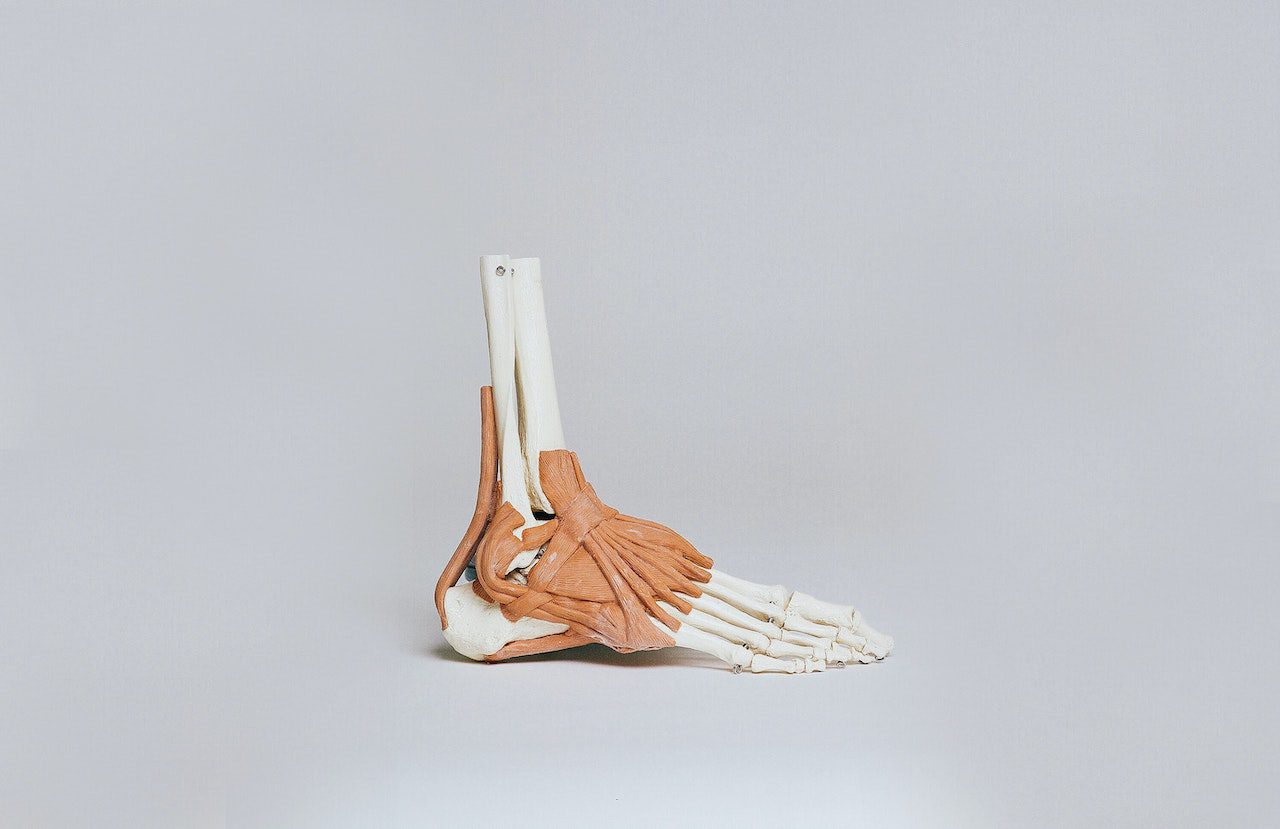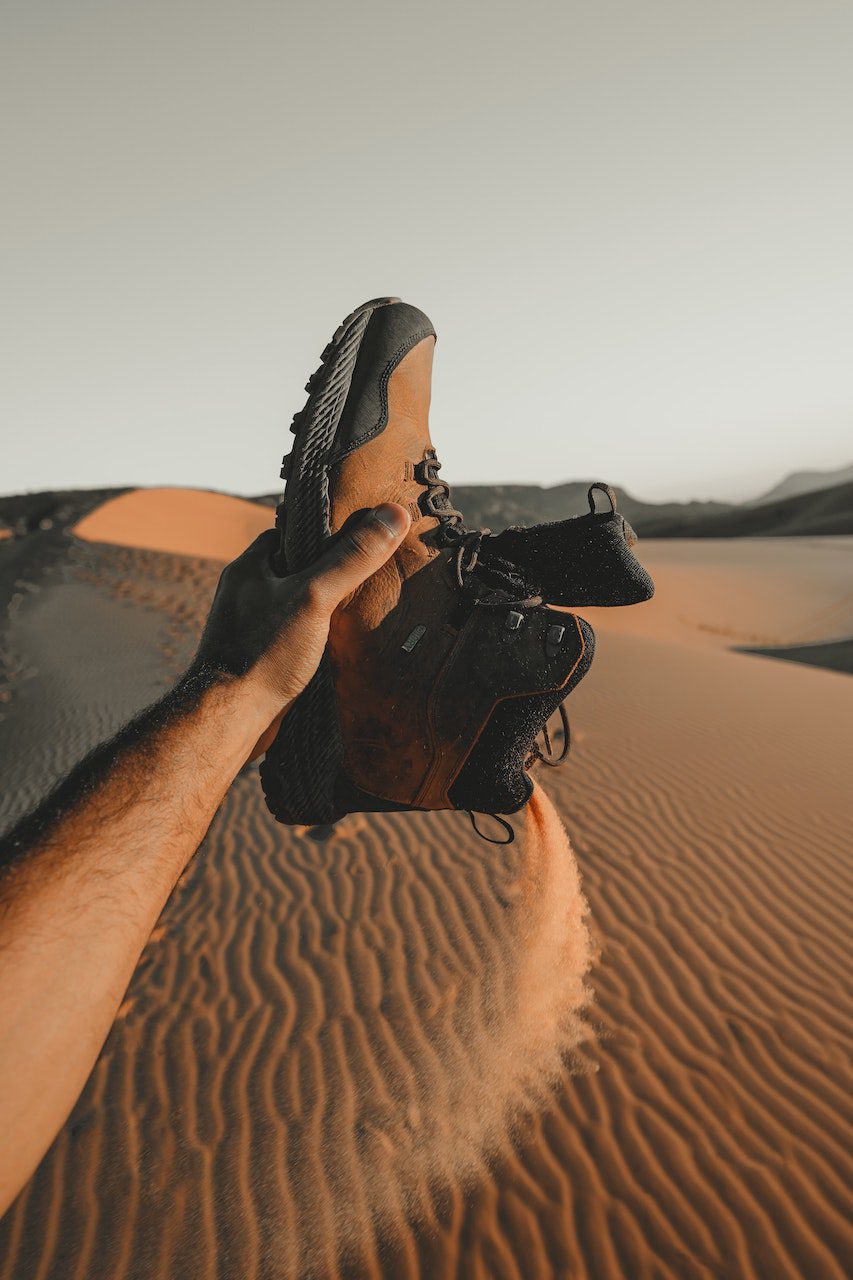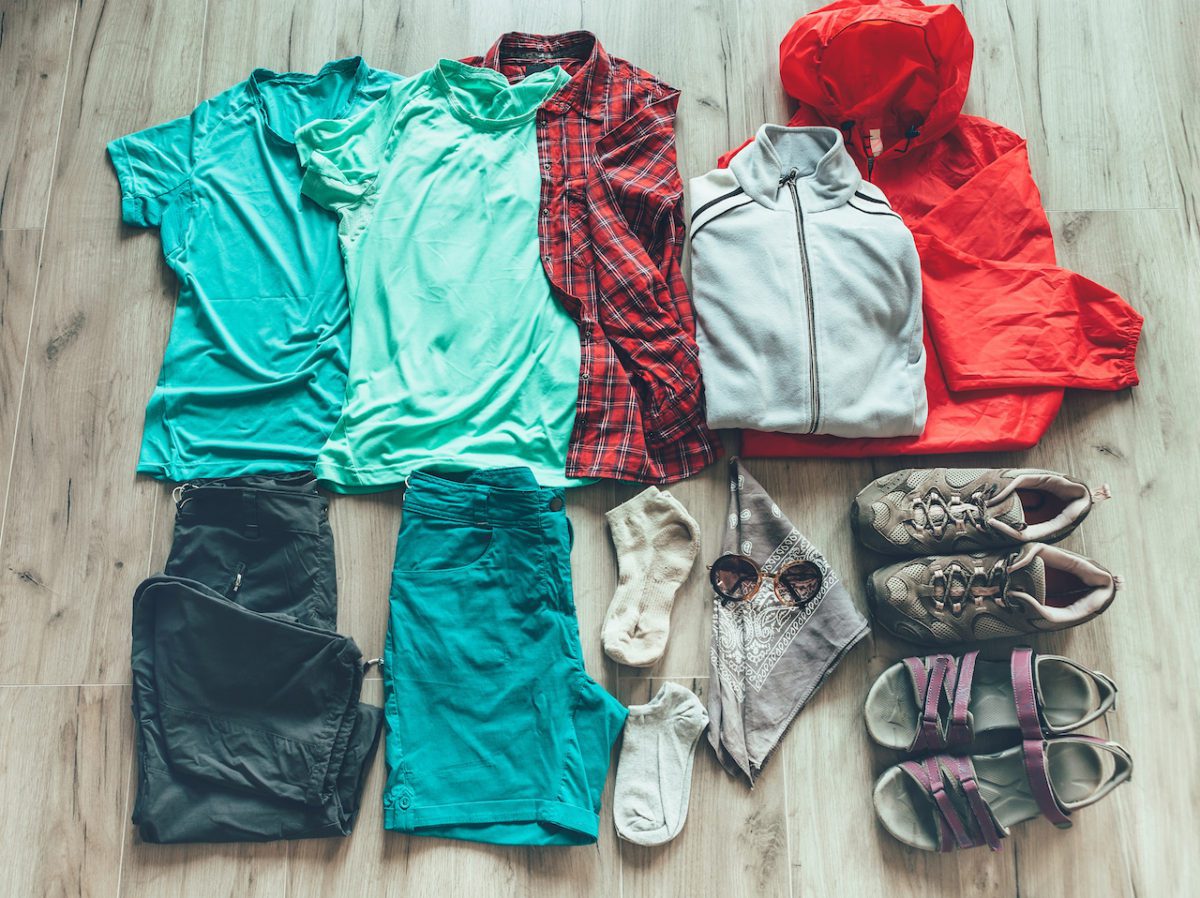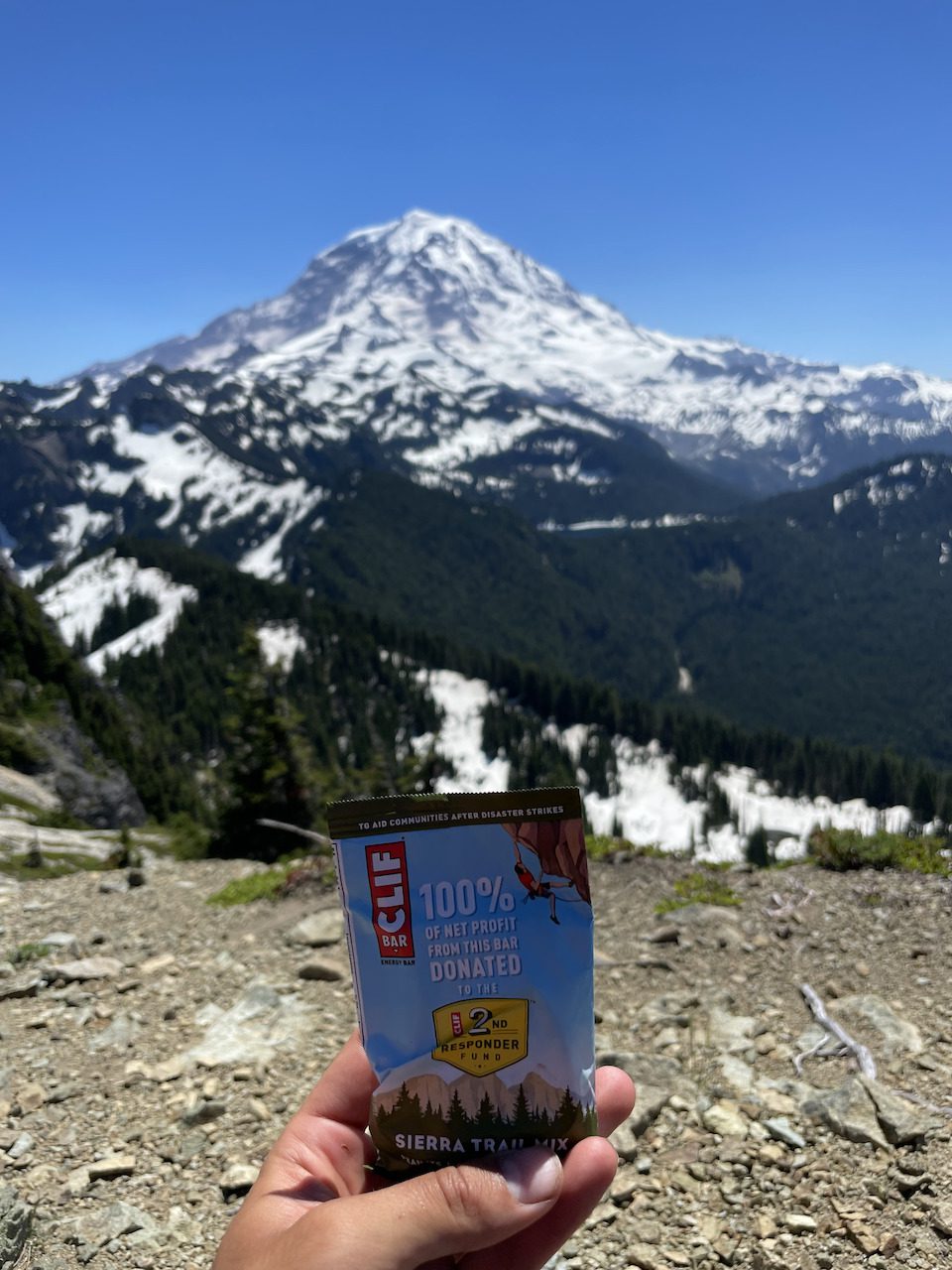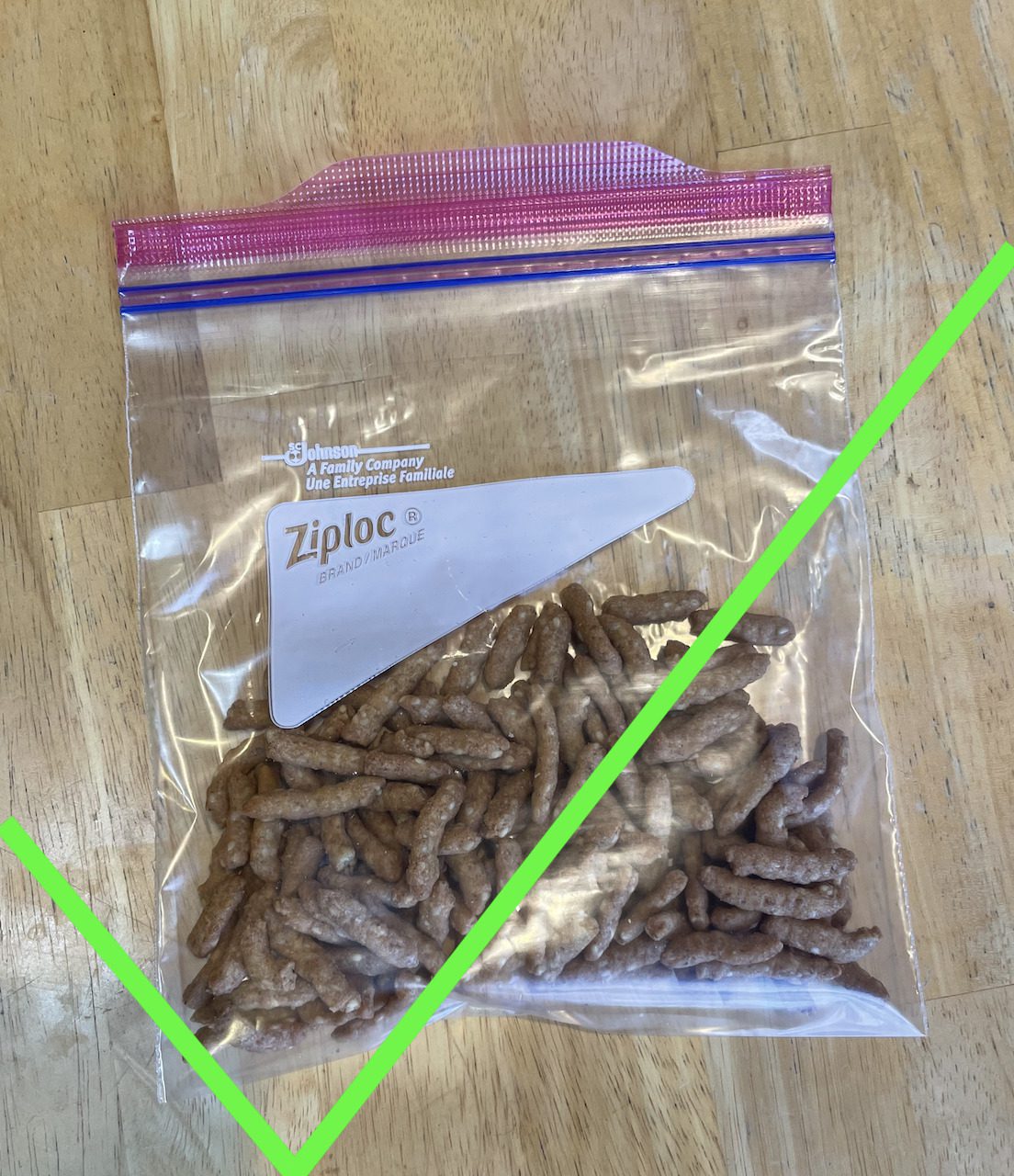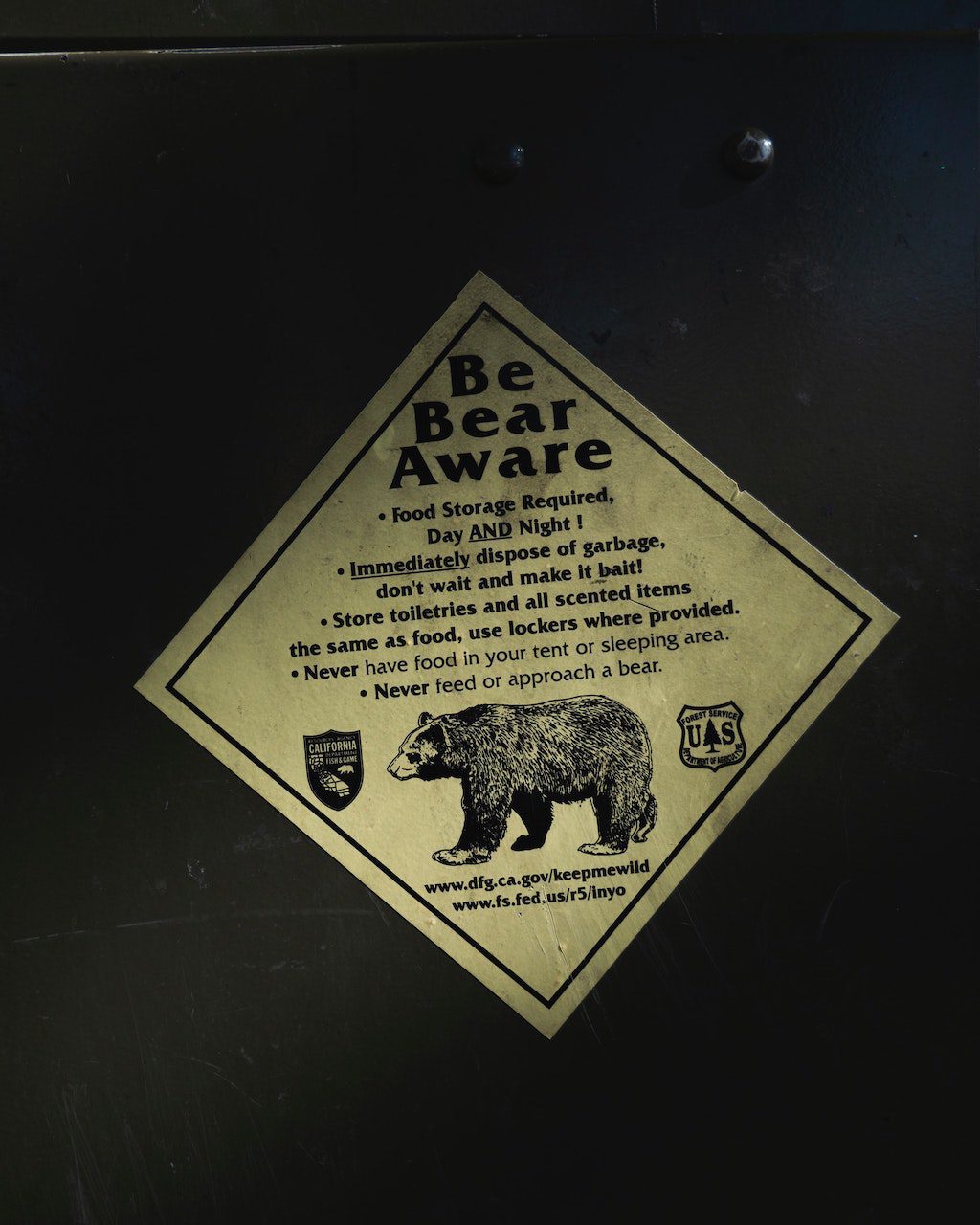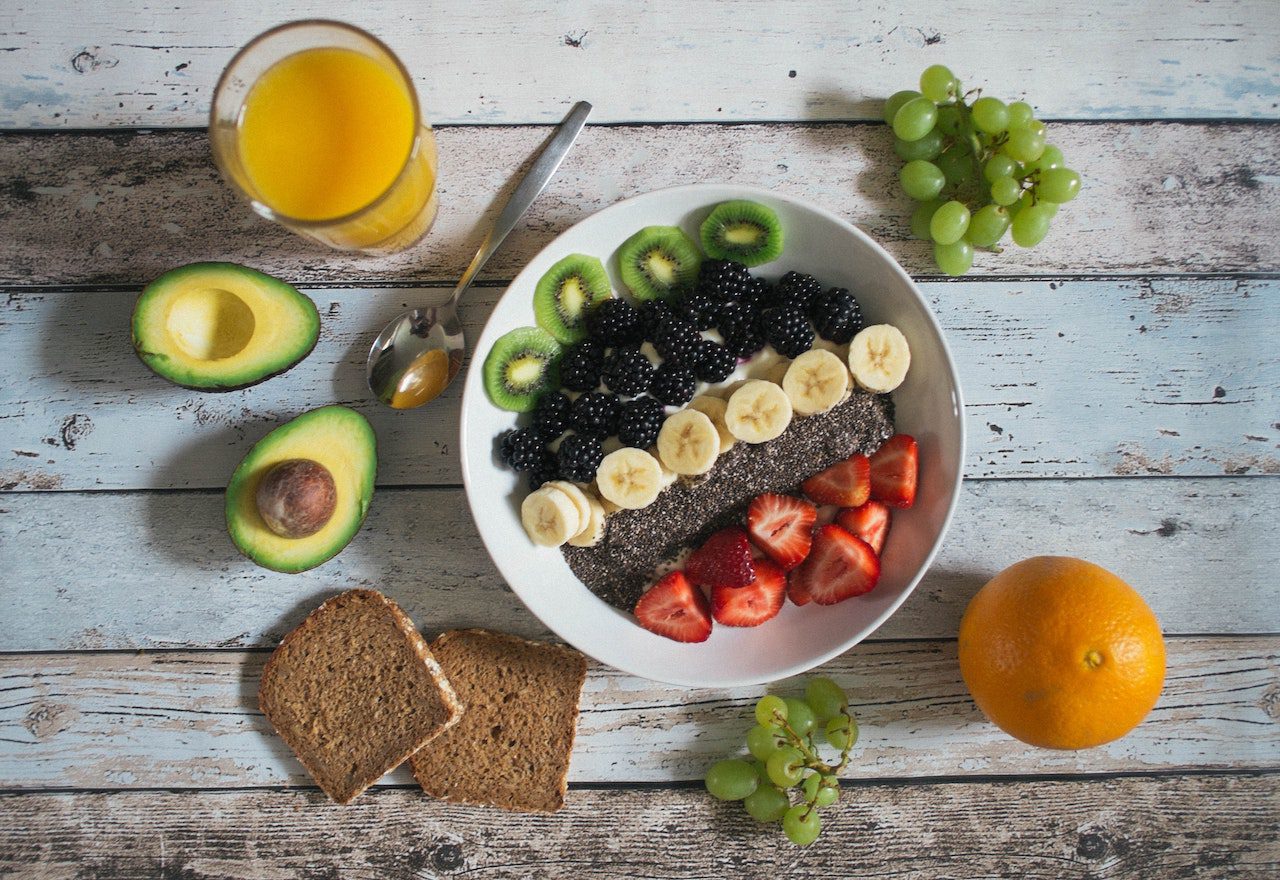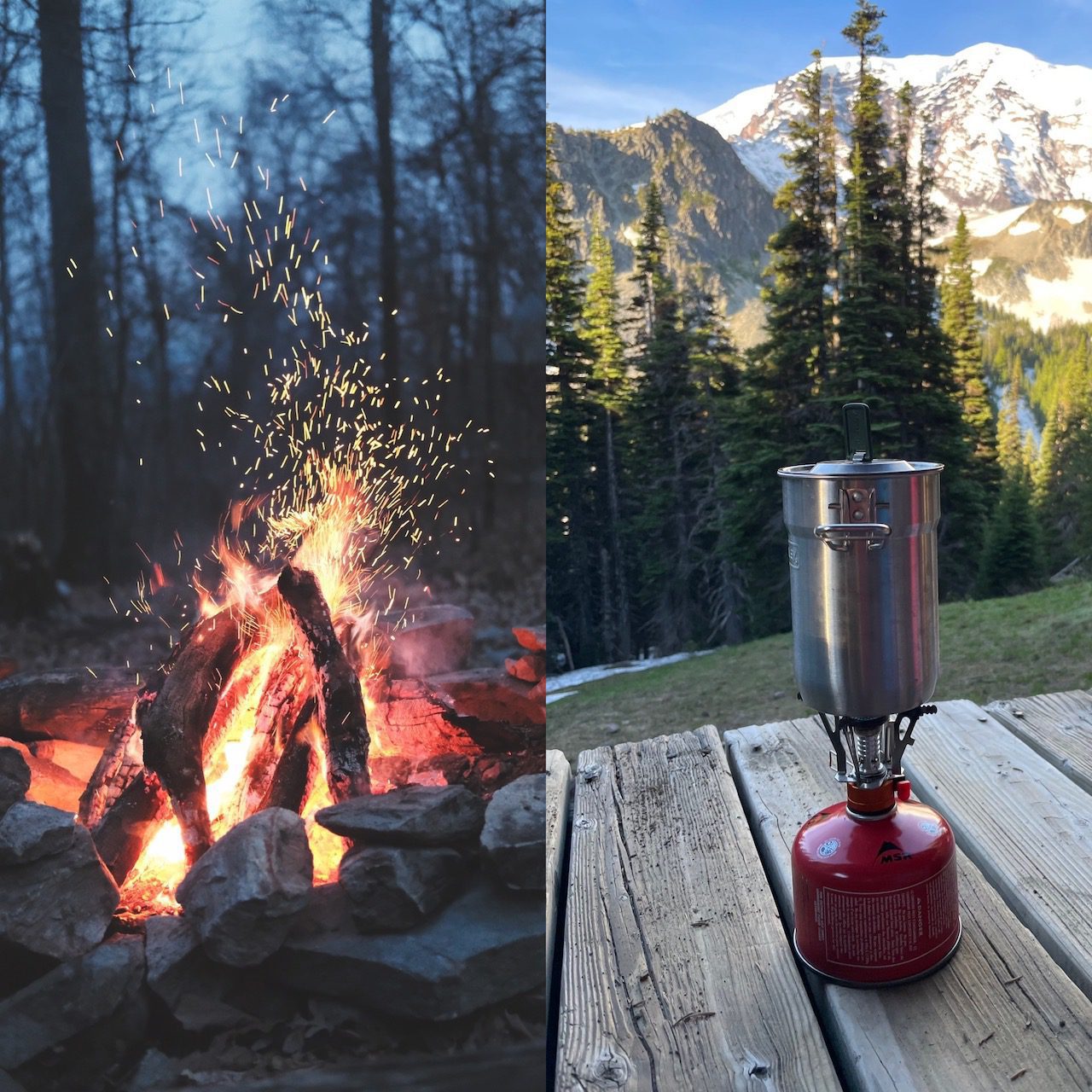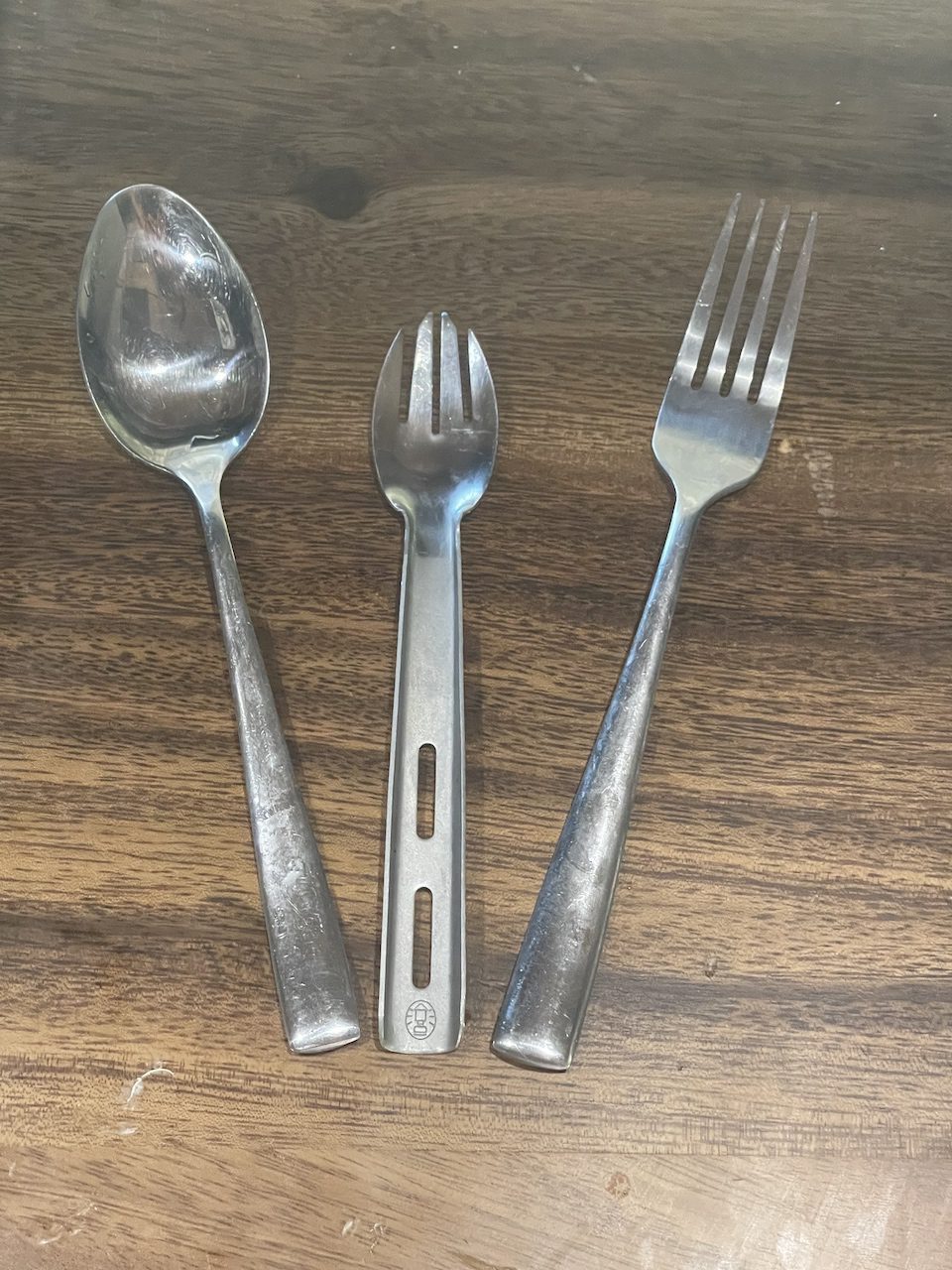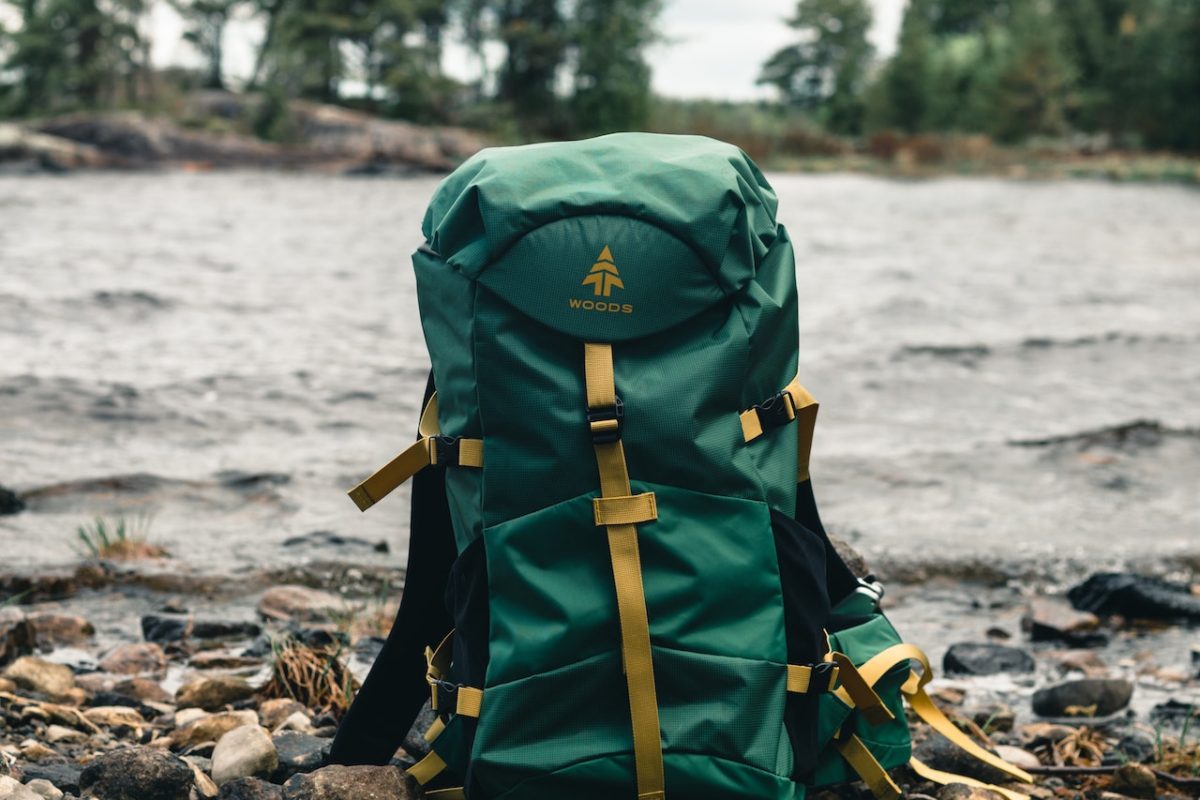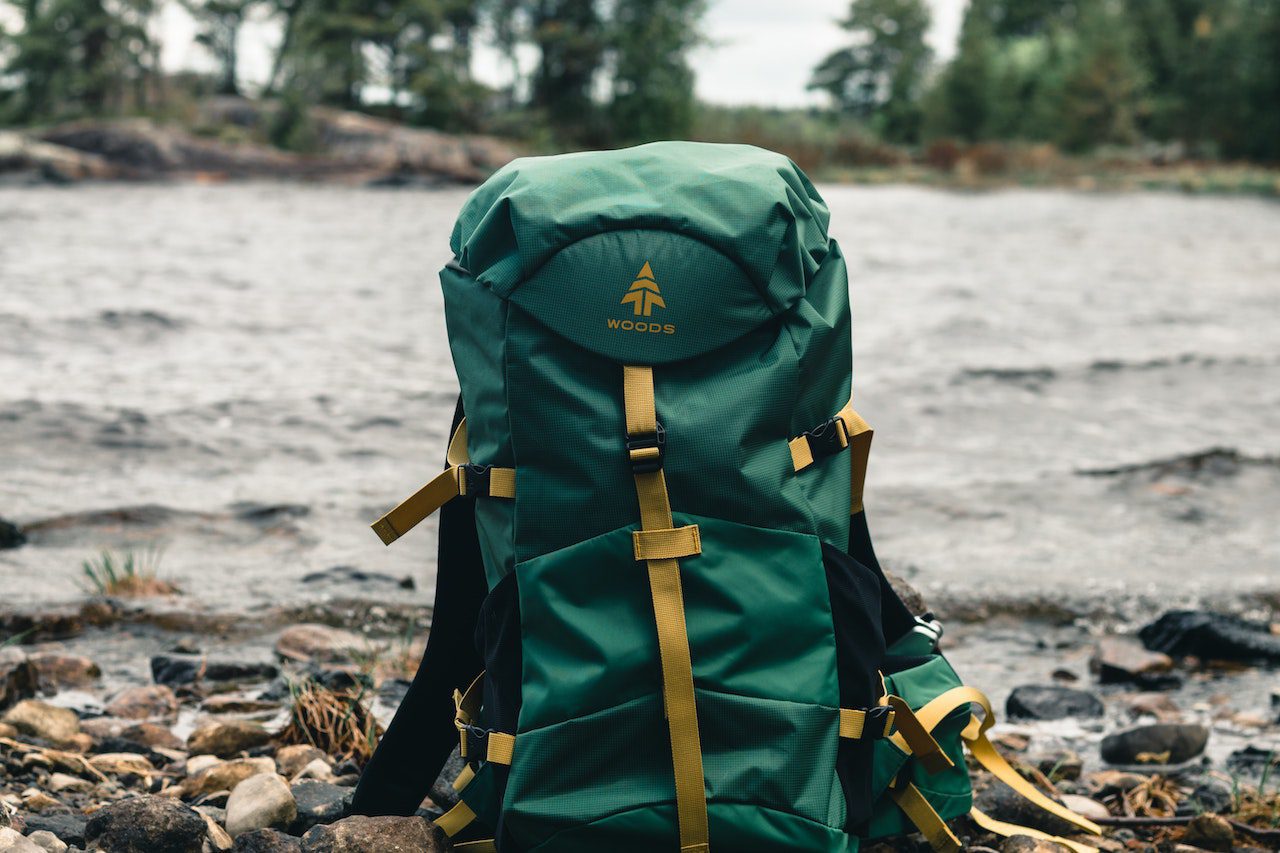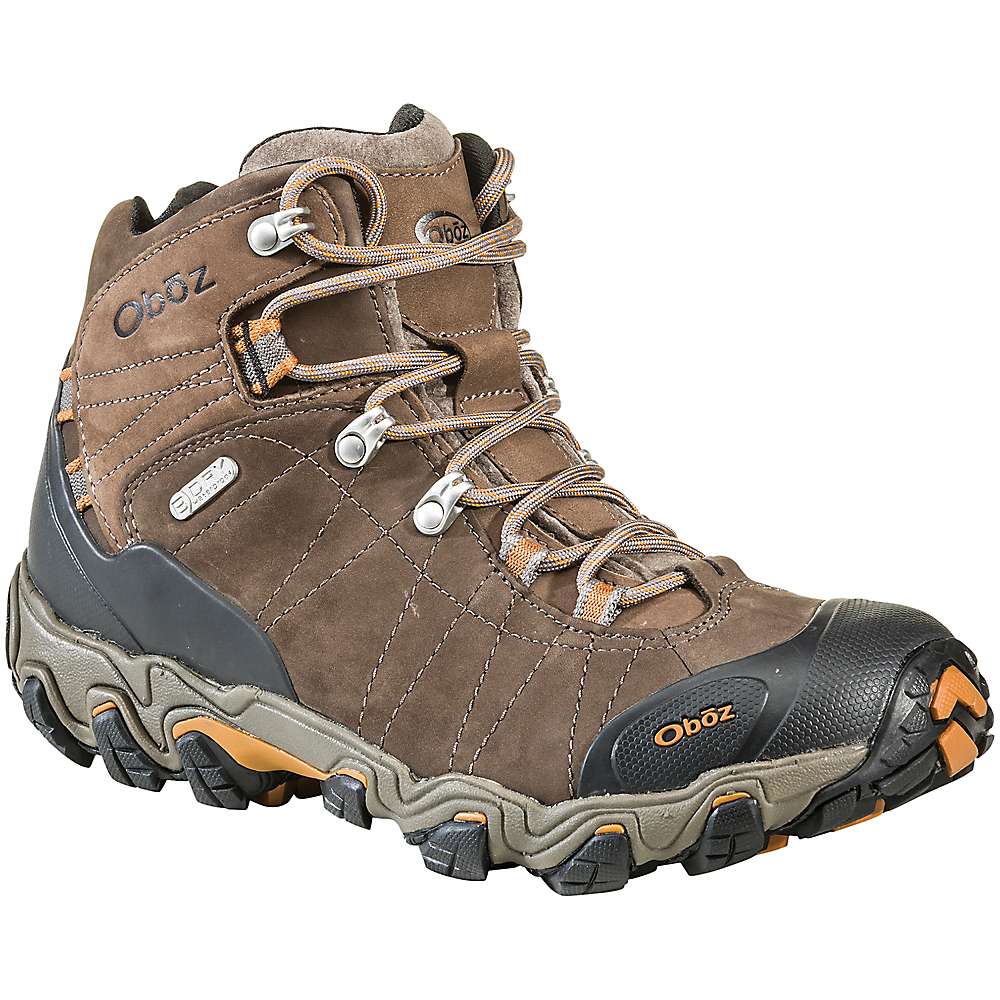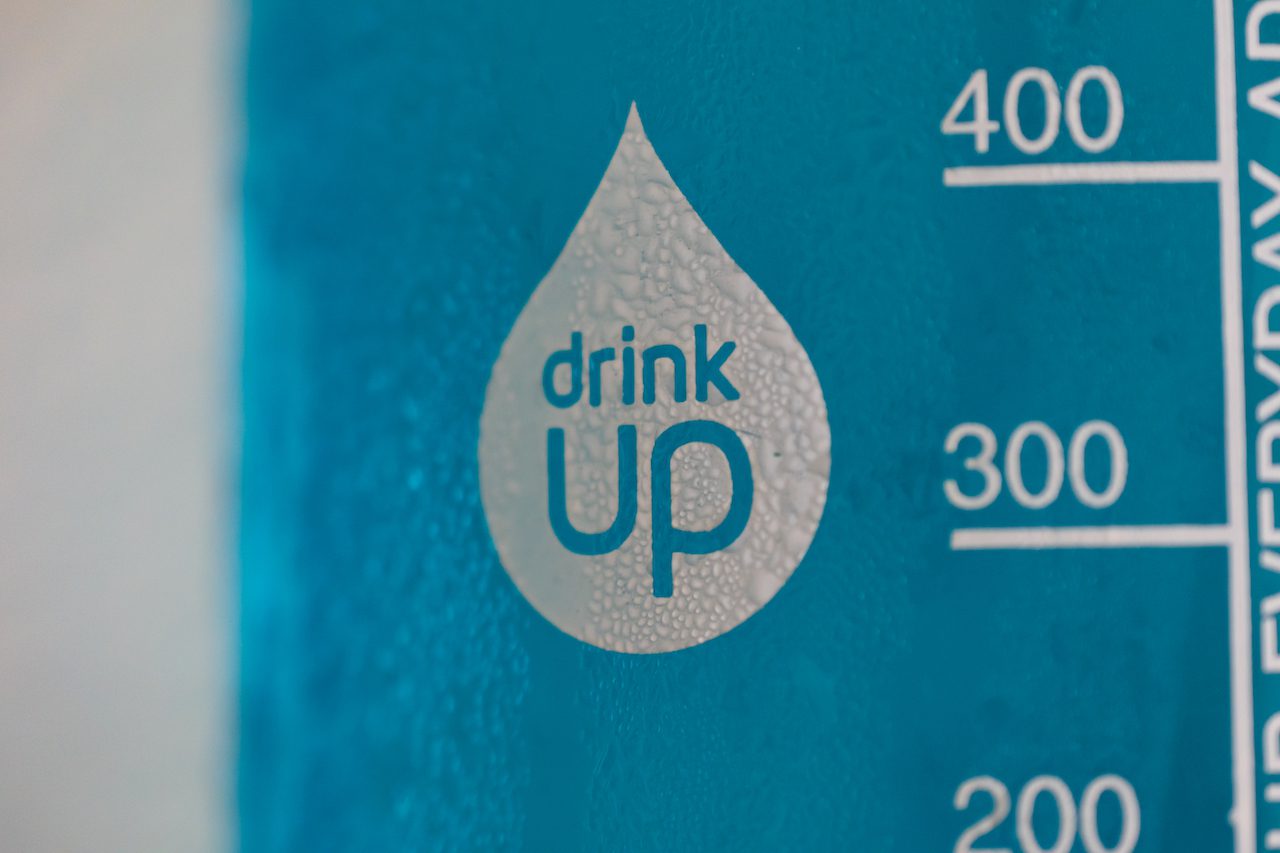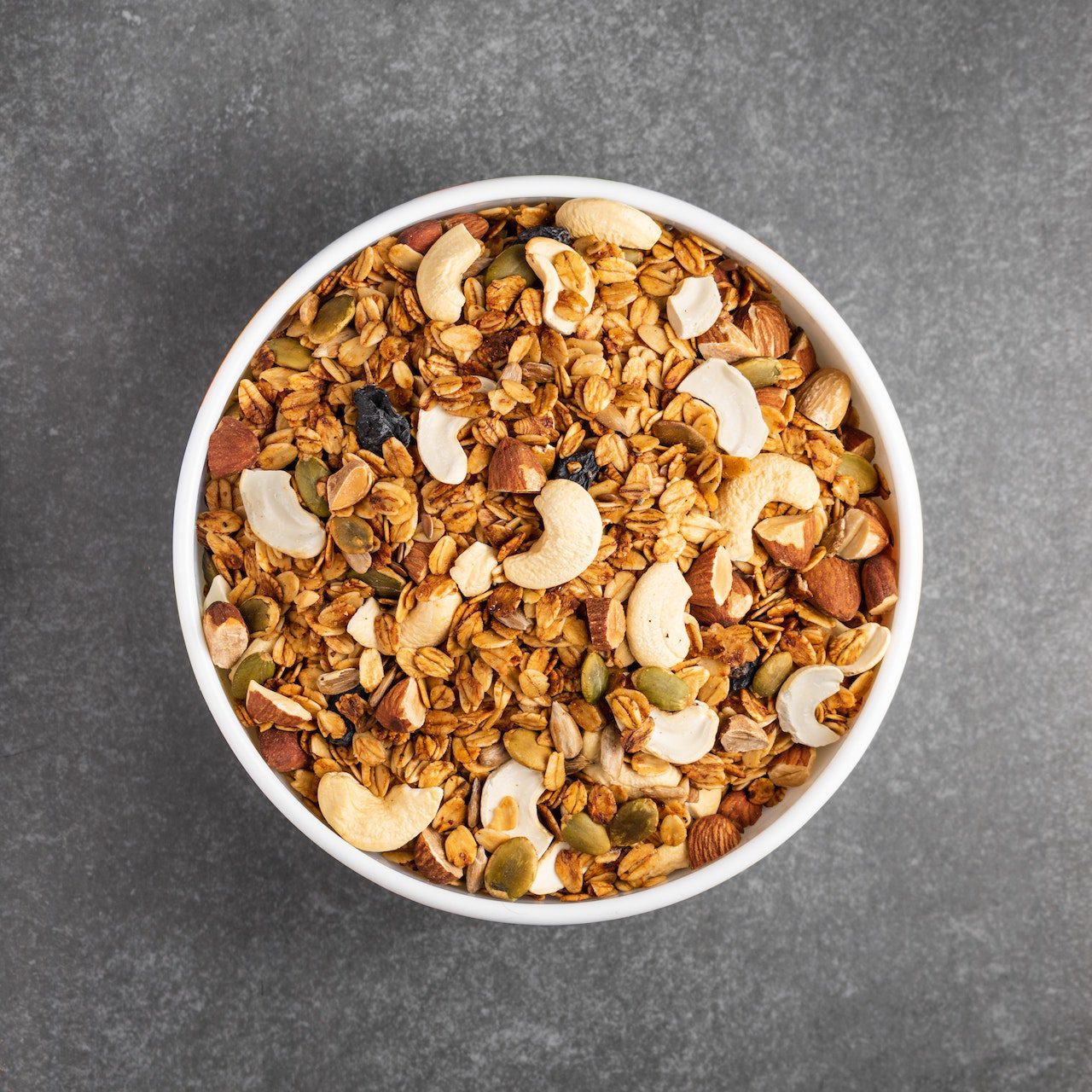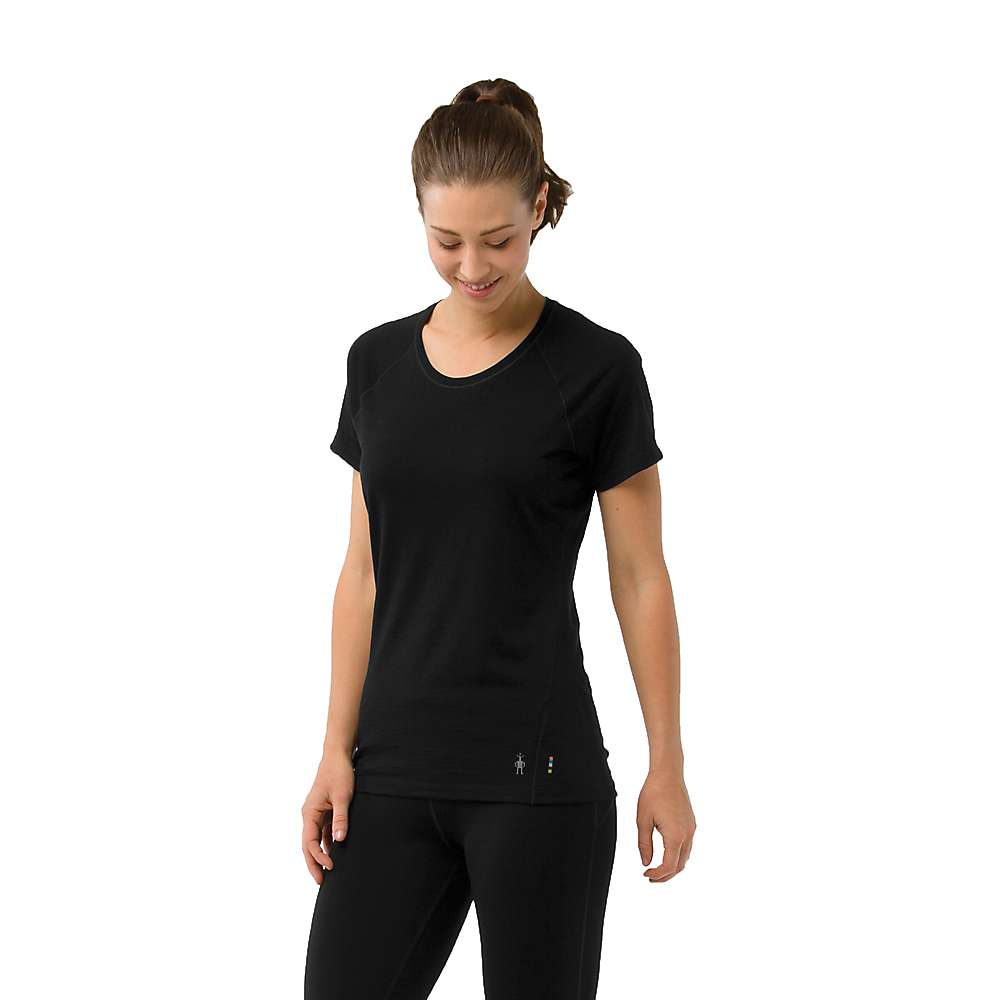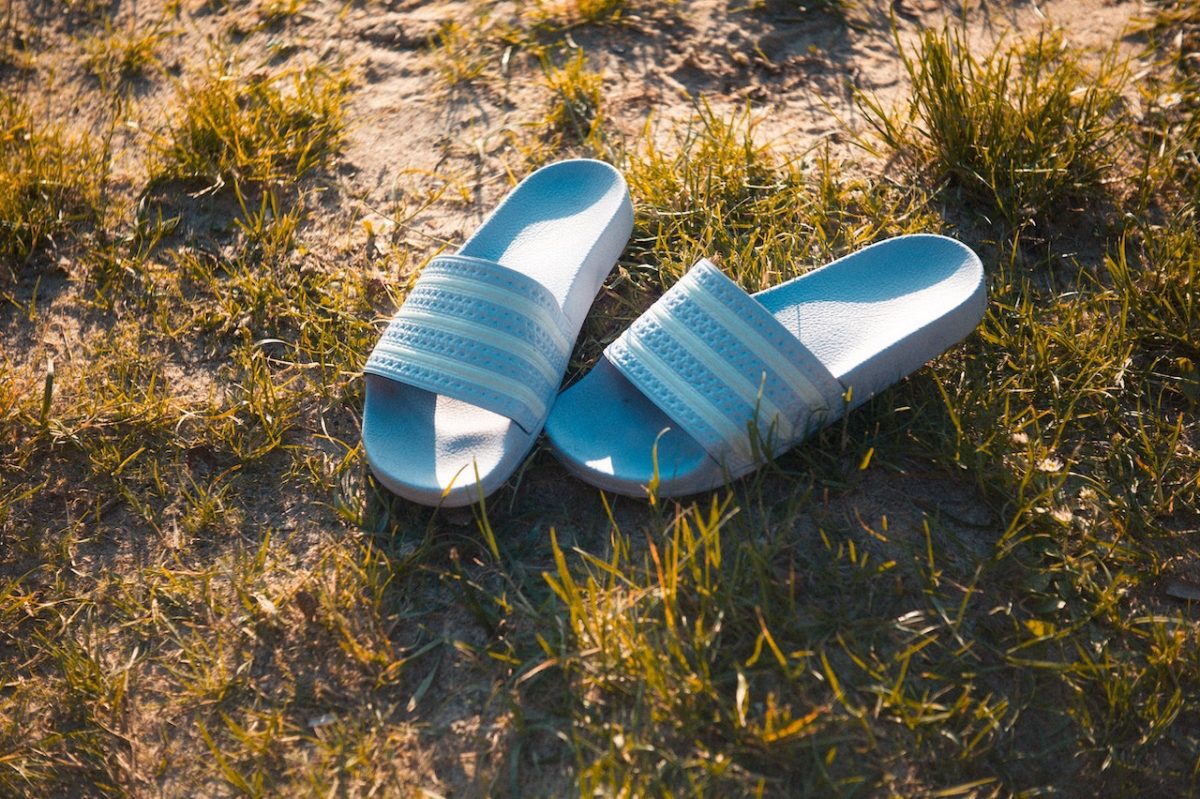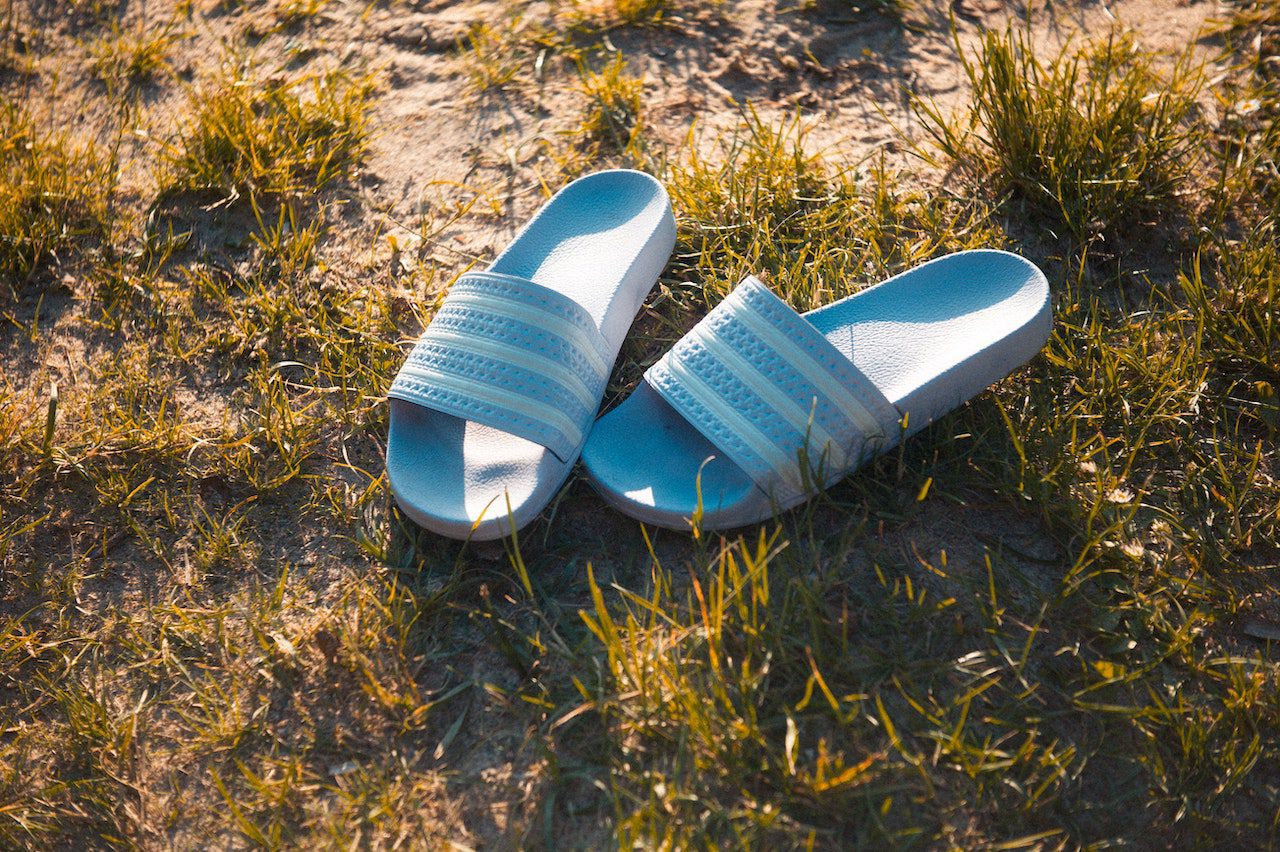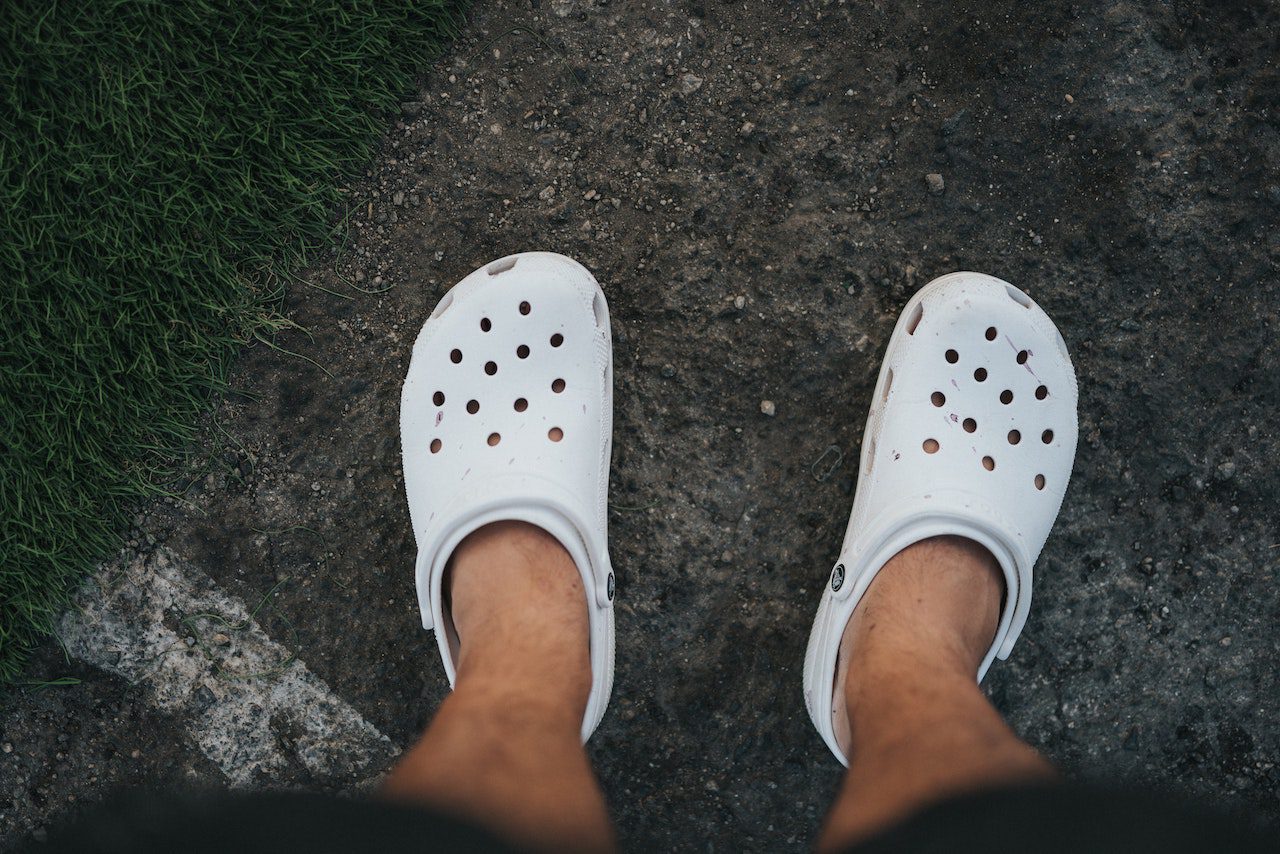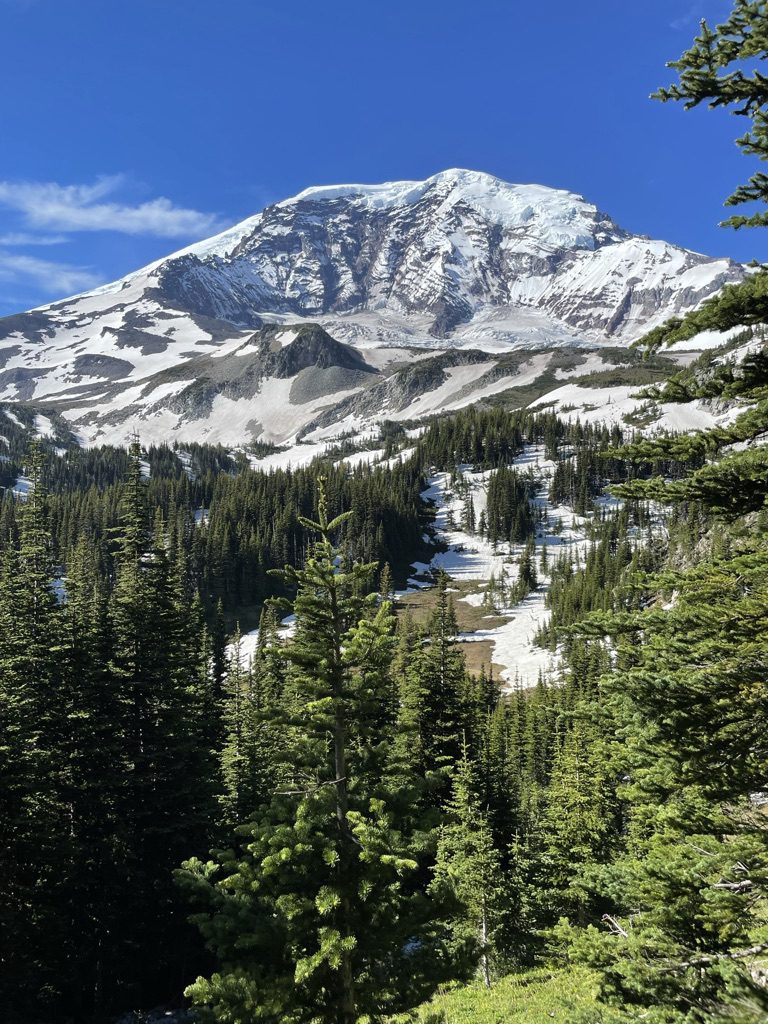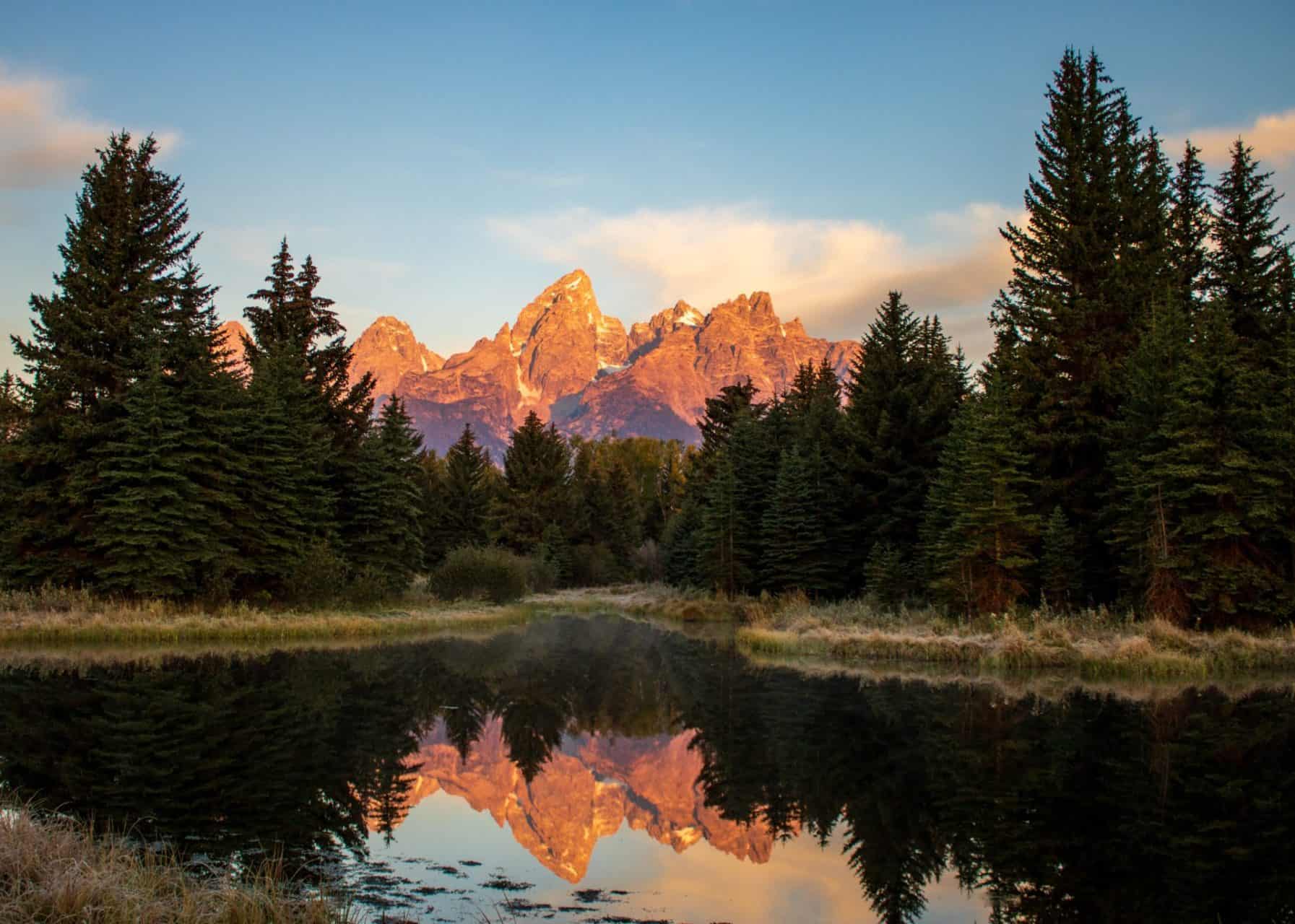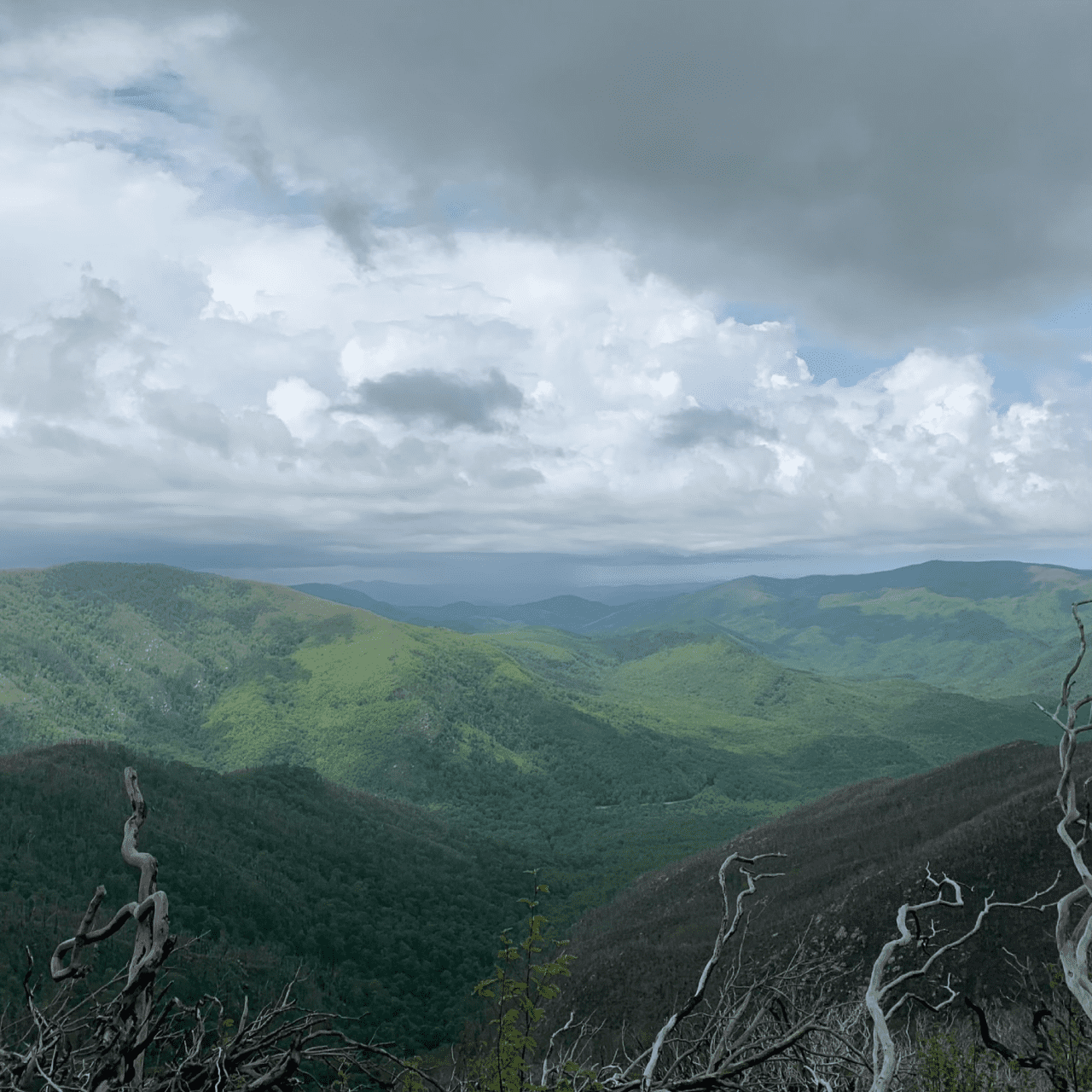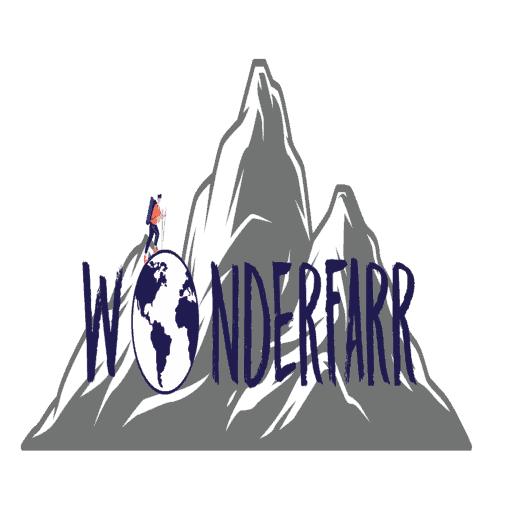Should You Bring A Knife Or Multitool Backpacking?
Having a knife or a multitool when you are out in the backcountry is considered one of the ten essentials when hiking. But a question many new backpackers ask is whether you should bring a knife or multitool backpacking.
While both options have their benefits, over the past five years of backpacking, I have concluded that a multitool is the better option for a backpacking trip. I came to this conclusion when backpacking the Wonderland Trail in Mt Rainier National Park. During this trek, I was suffering on account of my toenails being way too long, which was making me miserable with every step downhill (gross, I know). Fortunately, thanks to my Leatherman multitool, I could give these bad boys a quick cut on our next snack break, allowing me to enjoy the rest of my hike pain-free.
This experience highlights the multitool’s fantastic versatility and utility for backpacking trips. If I only had a knife, I would’ve been miserable the entire hiking trip and may have even wound up losing a toenail. To be clear, I am not saying that knives are useless during backpacking trips. Just that, between the two, multitools have far more functionality when backpacking, making them the better option when hiking through the backcountry.
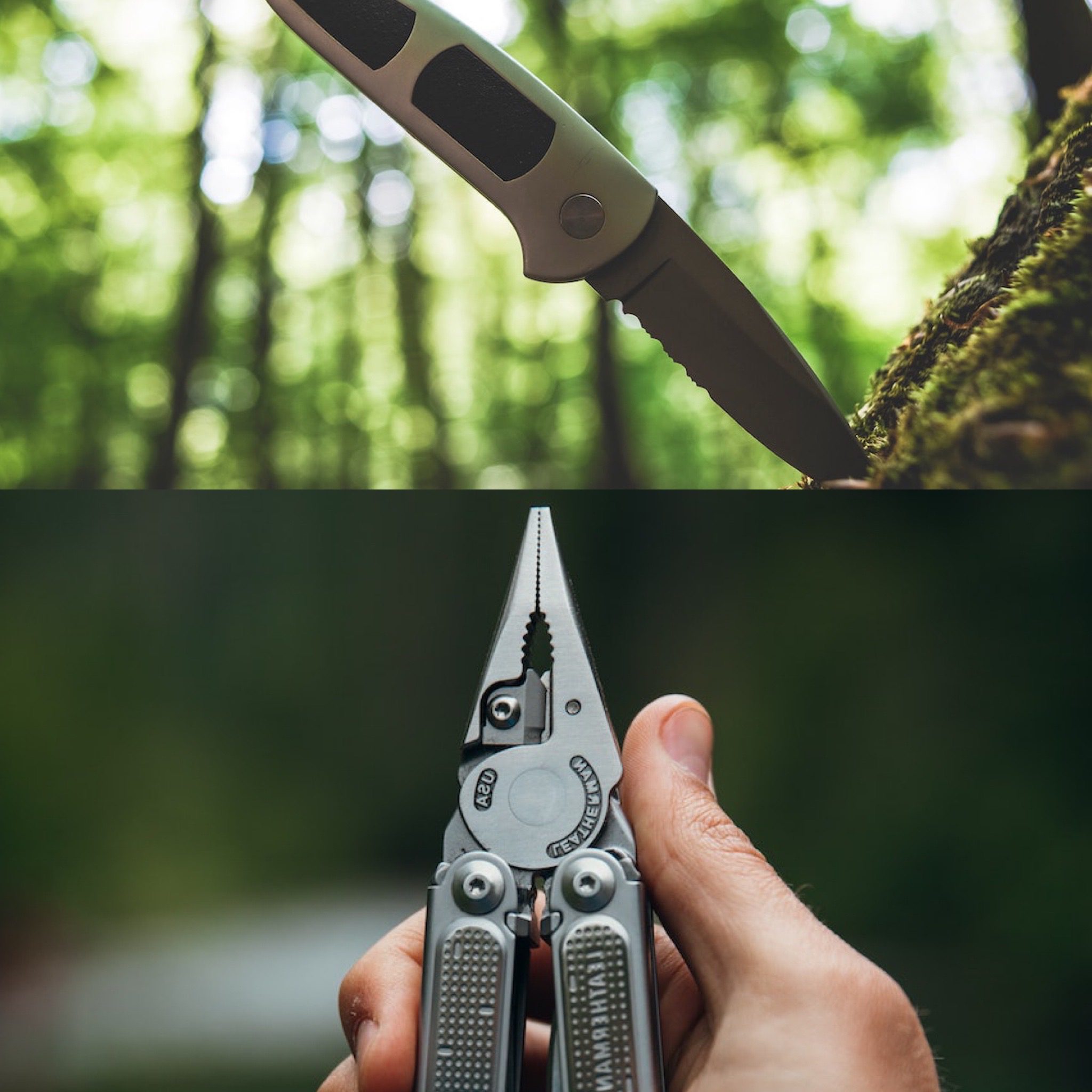
Bringing A Knife On A Backpacking Trip
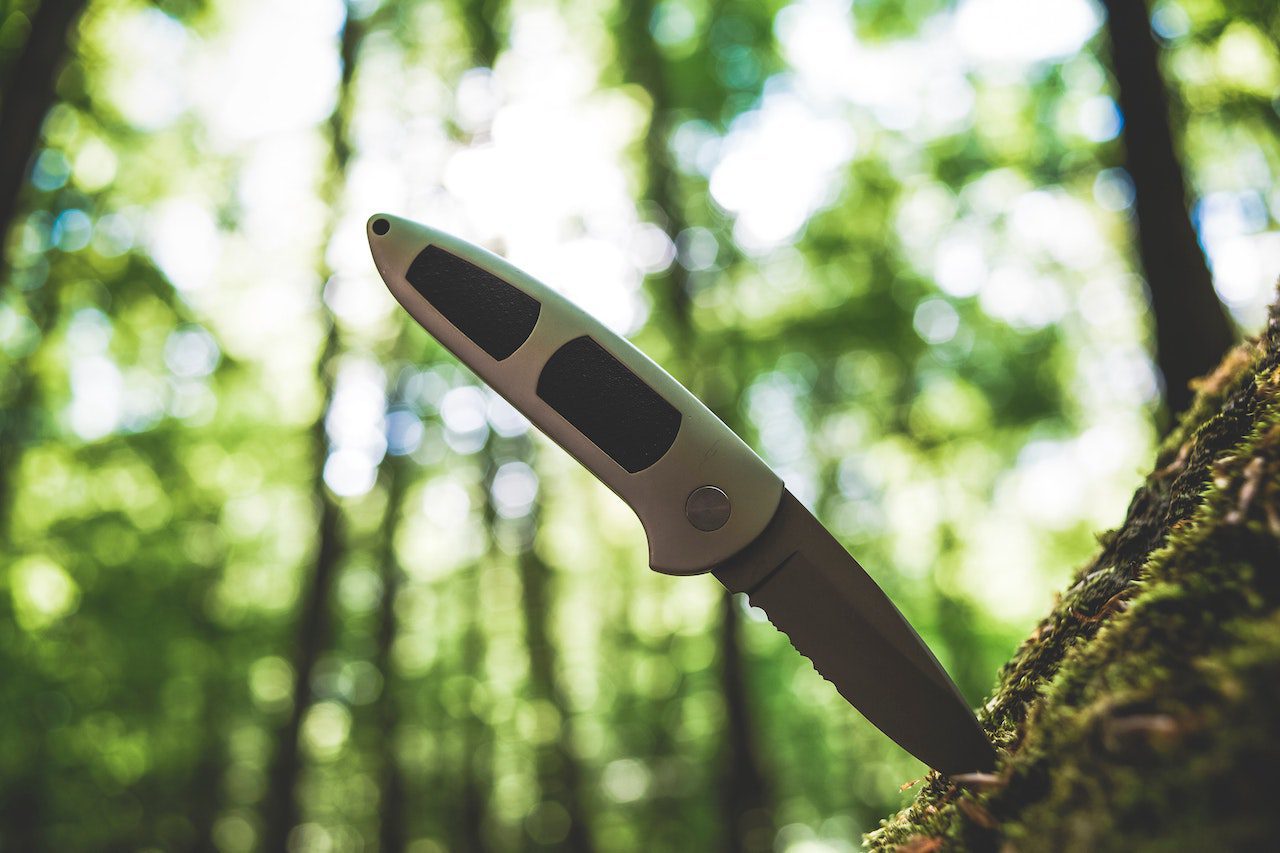
Knives have several different potential uses on a backpacking trip. Some of which include:
- Excellent for cutting and preparing food
- Opening packages
- Breaking down wood branches for fires
- Cleaning fish (if fishing on your backpacking trip)
The primary benefit of having a dedicated knife when backpacking is that they are typically sharper and sturdier than the blade that comes with a traditional multitool. This extra power can come in handy in some situations, but those situations are few and far between on your typical backpacking trip.
Different Types Of Backpacking Knives:
The two different kinds of knives used in backpacking are fixed and foldable blades.
What Are Fixed Backpacking Knives?
Fixed knives are knives sold in a singular piece in a fixed position. Unlike your multi-tool and foldable knives, fixed knives always have the blade exposed, thus requiring a sheath to keep it safely tucked away when not in use. This can make them a bit more cumbersome to pack due to their awkward size and inability to fold down.
However, the benefit of using fixed knives is that they are typically more robust and have more cutting power than their foldable counterparts. This added strength can be helpful in situations requiring more cutting force, which could damage a less durable multi-tool and foldable knife.
Foldable Backpacking Knives
Foldable knives are the other option you have for a backpacking knife. These pack down much better than their fixed counterpart and can be clipped to your belt or pants. The major drawback to foldable backpacking knives is that they have a bit less cutting power than fixed blades.
Multitool Uses When Backpacking:
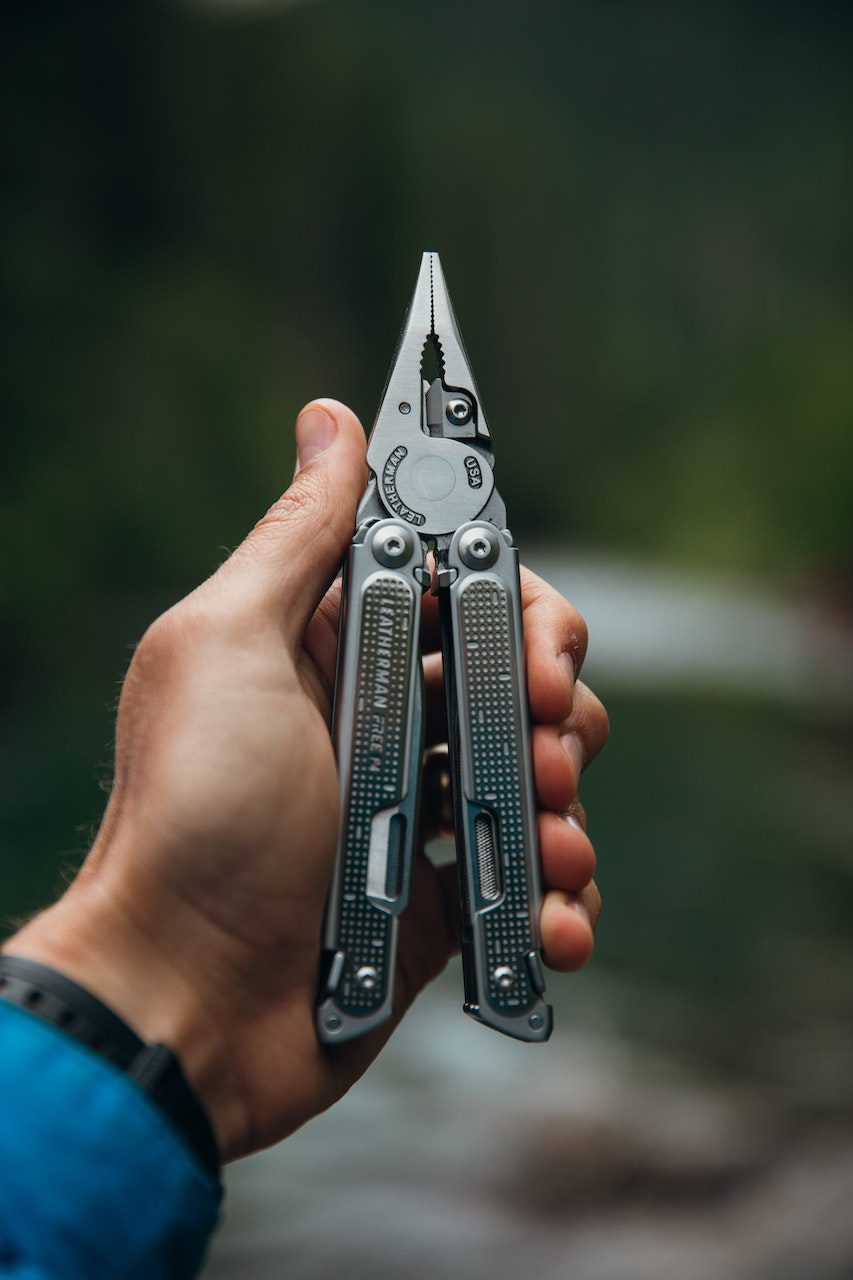
The multitool is my preference for a backpacking trip because I find they have much more functionality when out on the trail with their variety of different tool bits. Not only that, but nearly all multitools contain a blade that can be used for many of the same things a dedicated knife can.
I have used a multitool for a ton of different things while away on a backpacking trip, such as:
- Preparing food
- Opening packages
- Cleaning nails
- Cutting nails
- Opening a bear canister
- Bottle opener
- Repairing broken gear
The versatility of a quality multitool cannot be overstated. They are convenient to have when backpacking and can perform the functions of a knife and so much more.
Different Kinds Of Multi-Tools
Like all backpacking gear, many different options are available for purchase. Multitools can vary significantly on the different types of bits they provide, weight, price, and quality, so it’s important to know what functions you would need your multitool for before purchasing one. The two most popular brands of multitools on the market are Leatherman and Swiss Army Knives. If you are looking to buy a multitool, I would go with one of the following:
Can You Bring Both A Knife And Multi-Tool Backpacking?
So say you want the best of both worlds. The strength of a survival knife and the utility of a multitool can you bring both on a backpacking trip? You absolutely can as long as bringing both makes sense for the kind of trip you are going on.
Personally, my backpacking trips never necessitate bringing a dedicated knife as well as a multitool, so I leave my knife at home. But if you think having both would be useful for you or want to be extra prepared, bringing both is doable as long as you are okay with the excess weight.
Final Thoughts:
At the end of the day you need to be selecting the gear that is best suited for the particular backpacking trip you will be going on and the personal preferences of the hiker. I am a bit of a minimalist and since there has never been much of a need for having a survival knife on my trips I never bring them backpacking and a multitool serves me just fine.
But if you are a fisherman and want to clean and cook fish, you catch while backpacking or you want to be extra prepared maybe then bringing a heavier duty knife in addition to a multitool may be better for you.
Disclosure: Some links on this page are affiliate links, and if you go through them to make a purchase or a booking, I may earn a commission. Using these links DO NOT affect the cost of the product/booking. The price remains the same affiliate link or not. Thanks for supporting my small business!

